
Ashley Cook, Genevieve Goffman, Oda Haugerud, Marissa Jezak, Madeline Kuzak and Jackie Valadez
October 31, 2022
forenote by Ashley Cook
Fairy Garden took place in Detroit at Riverfront-Lakewood East Park on August 20, 2022. It was an exhibition featuring work by Ashley Cook, Genevieve Goffman, Oda Haugerud, Marissa Jezak, Madeline Kuzak and Jackie Valadez. We found a spot in the park’s West corner surrounded by one hundred foot trees that swayed in the wind to generate a sort of spooky natural soundtrack for the few hours we were there. This place has been relatively neglected compared to the well groomed public park across the canal; to find the location for the show, we toured the landscape of high grass, fallen trees and broken concrete paths. Marissa Jezak was the curator of the show, inviting artists who she felt had an affinity for magic, folklore and craft.
Introduction
The concept for Fairy Garden came about after a trip to the Michigan Renaissance Festival. There they have a fairy house contest installed amongst the trees, where people show sculptures and fairy structures made of assorted found objects, miniature animals & toys, and craft supplies. Every artwork is so uniquely conceptualized, yet they seem to all share a very distinct style of craft and innovativeness that is unparalleled to other sculptural contexts. The genre of fairy house crafts is popular among hobbyists, and tends to cross over multiple techniques, including woodworking, paint, ceramics, stained glass, gardening, etc.,
As part of a sporadic tradition of all-women outdoor shows in Detroit, we set out to explore this concept of the fairy house as an artform—culminating in a one-day exhibition that took place in the wooded meadows of this tranquil park on the eastside of Detroit. Neon fairy silhouettes marked the entrance to the trail leading to the fairy garden. The artworks were displayed near the water’s edge, under a canopied opening in the trees. It was dewey and humid—the sound of late summer celebrations echoed across the water as little bugs frantically scampered across these foreign objects. Ominous clouds hovered in the sky, eventually progressing into wind and rain. Water droplets pooled in leaves on the leaky canopy above us, synchronized with the entombing rhythm of lightning and wake. When the storm cleared, the plants and insects were hypervigilant, reinvigorating a new magic energy into the space. A mystical frequency emanated from the artworks, which displayed contrasting influences of elven folklore, industrial machines, child’s play, and American folk art. Carefully placed on the earth, and propped up on logs, the sculptures collectively formed a loose circle similar to a fairy ring.
It wouldn’t be until later we found out that the area where the installation took place was part of the Fox Indian Massacre—a five day long battle that happened in 1712, in which more than a thousand Fox native people were killed by French settlers.1 This dark history is visible in the landscape, where an overgrown road suddenly stops before reaching the canal. Apparently construction had to be halted on the long road leading through the park after the amount of bodies excavated in the building process was so excessive. After learning about the historical context of the space, it’s difficult to imagine the artworks as existing in a neutral atmosphere. One can only speculate what other energies had already been inhabiting this space for so long before us…
Considering our intentions as the artists of these works, I think most of our projects involved fantasy to some degree, as well as a strong element of play—identifying with the whimsy and playfulness that the fairy archetype represents. At the same time, there is a dark side to fairies that we are interested in exploring (manipulation, trickery, shapeshifting). Some of the sculptures function as places of rest, and allude to a familiar domesticity, (i.e., multiple chairs, a bed, a room) while Oda’s sharp metal piece and Maddie’s steampunk orb seem more like lost artifacts from a children’s industrial wasteland. Despite our varying perspectives and identities, there seems to be a close-knit style of contemporary craft functioning as a link between the works/fairy worlds. The sculptures in this fairy garden illustrate how delving into the mythical can be used as a powerful tool for tapping into new expressions of ourselves, our art, and connecting to other realms not previously explored.
-Marissa Jezak
1. “Historical Marker - S502 - Fox Indian Massacre,” dnr.state.mi.us, Michigan Department of Natural Resources, accessed Sep. 12th, 2022, Link.
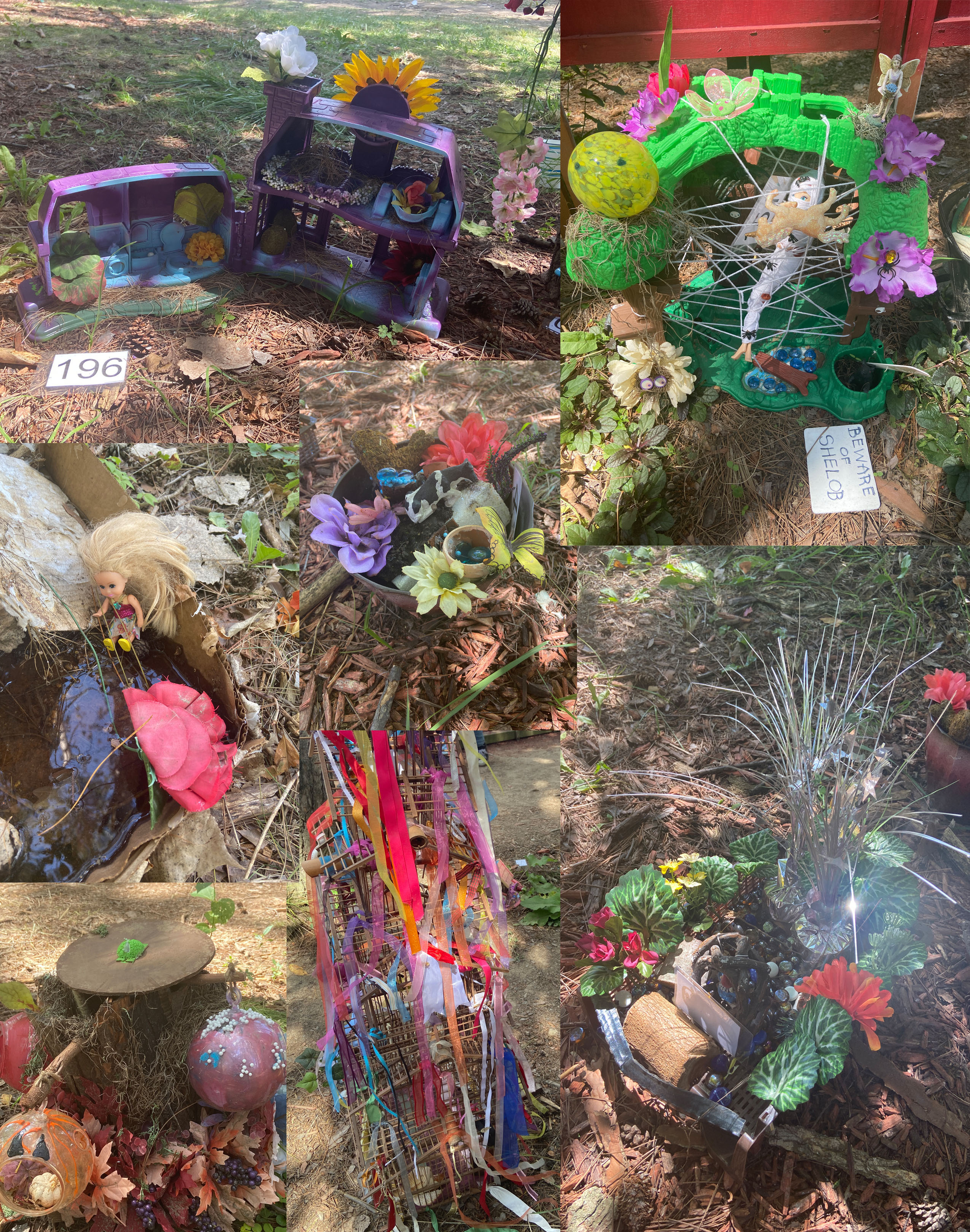

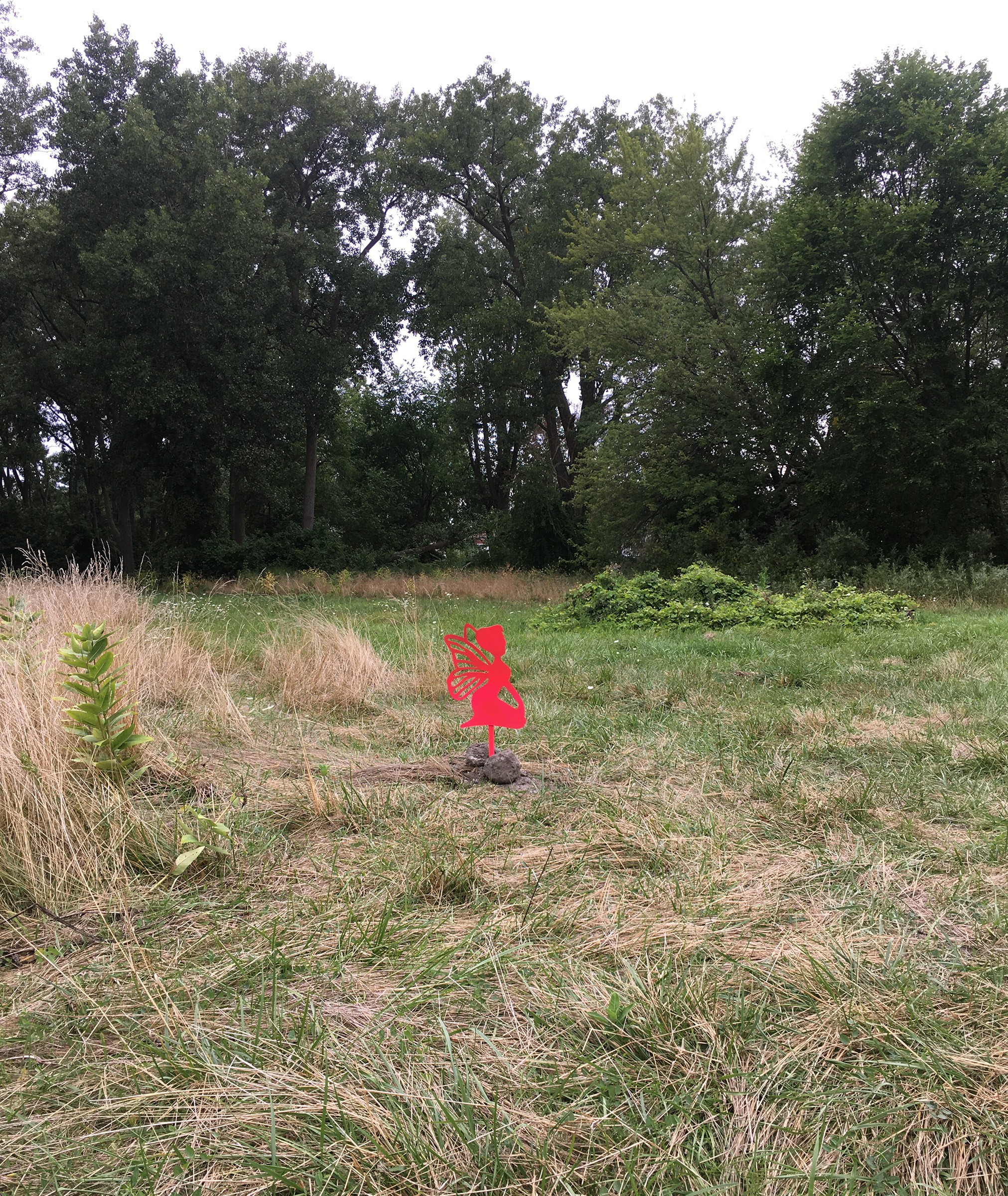
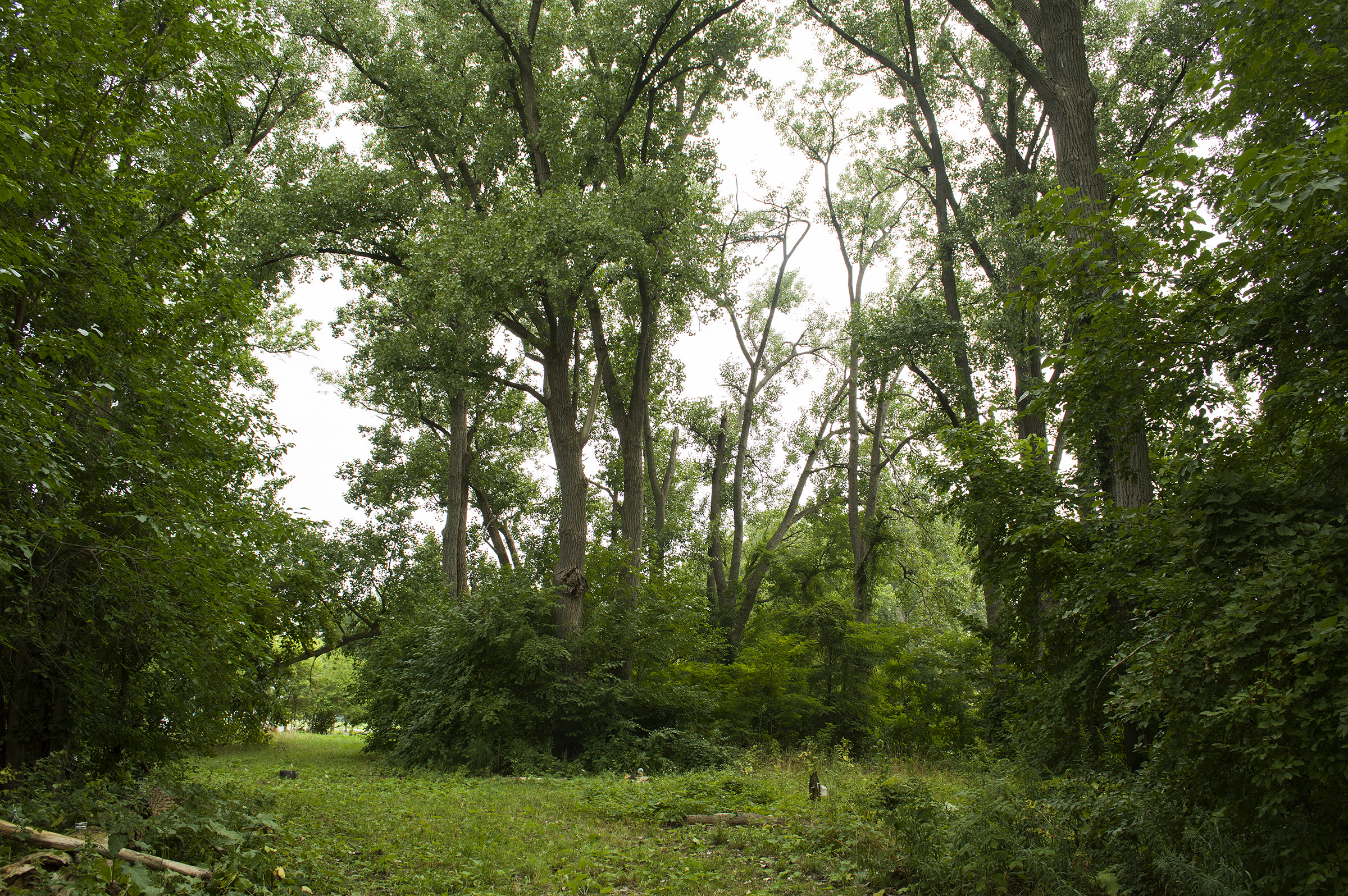
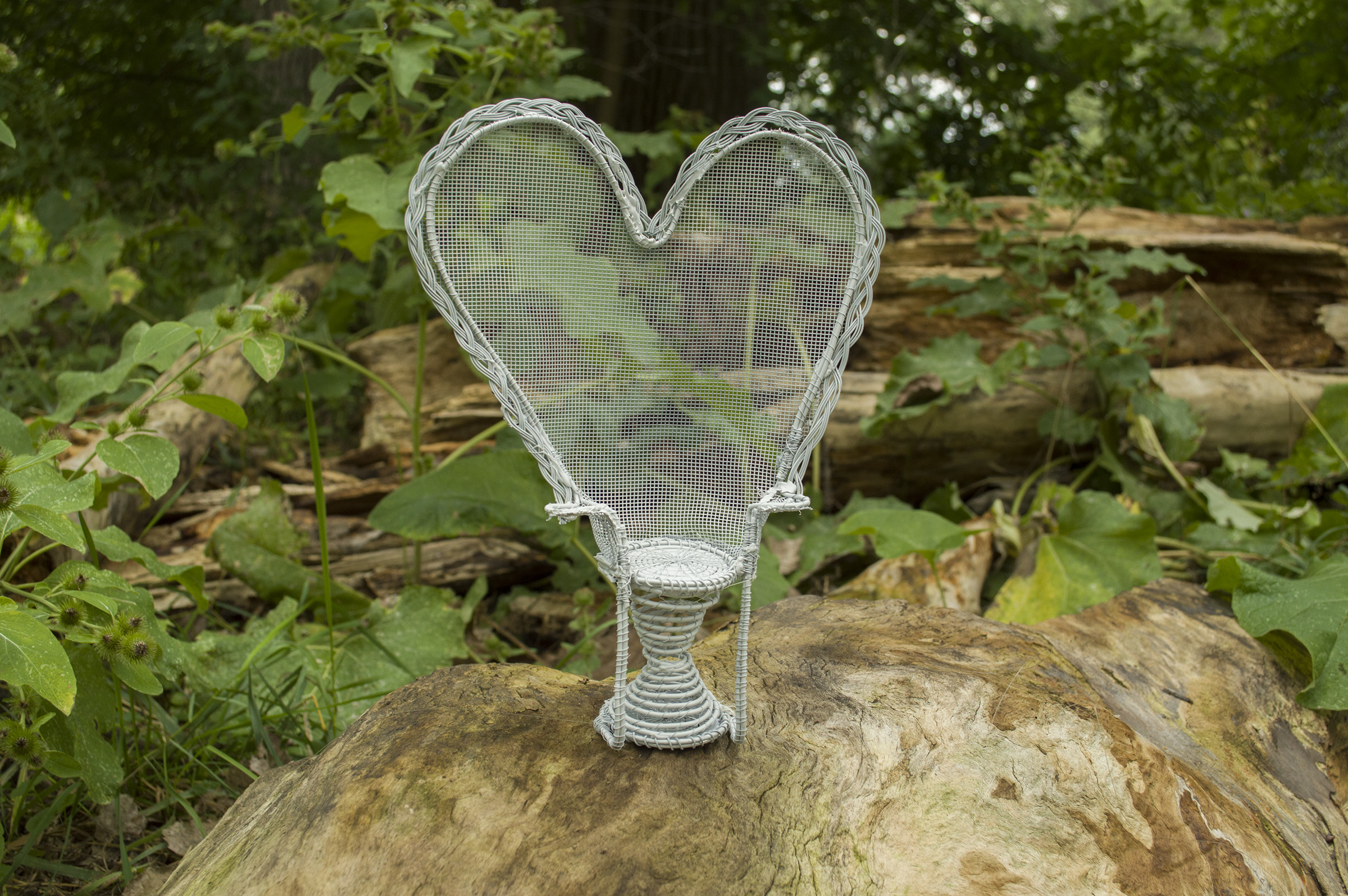
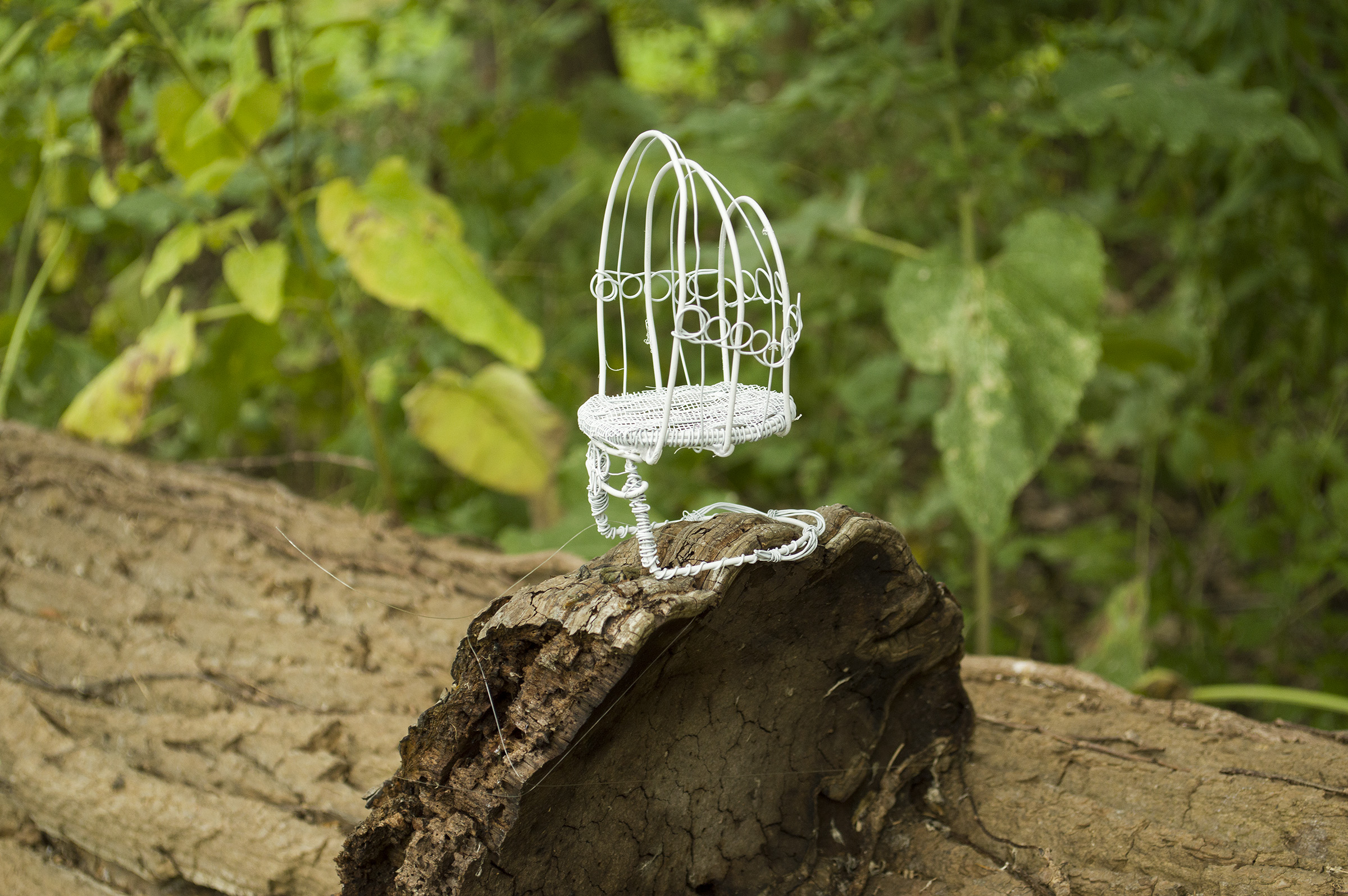
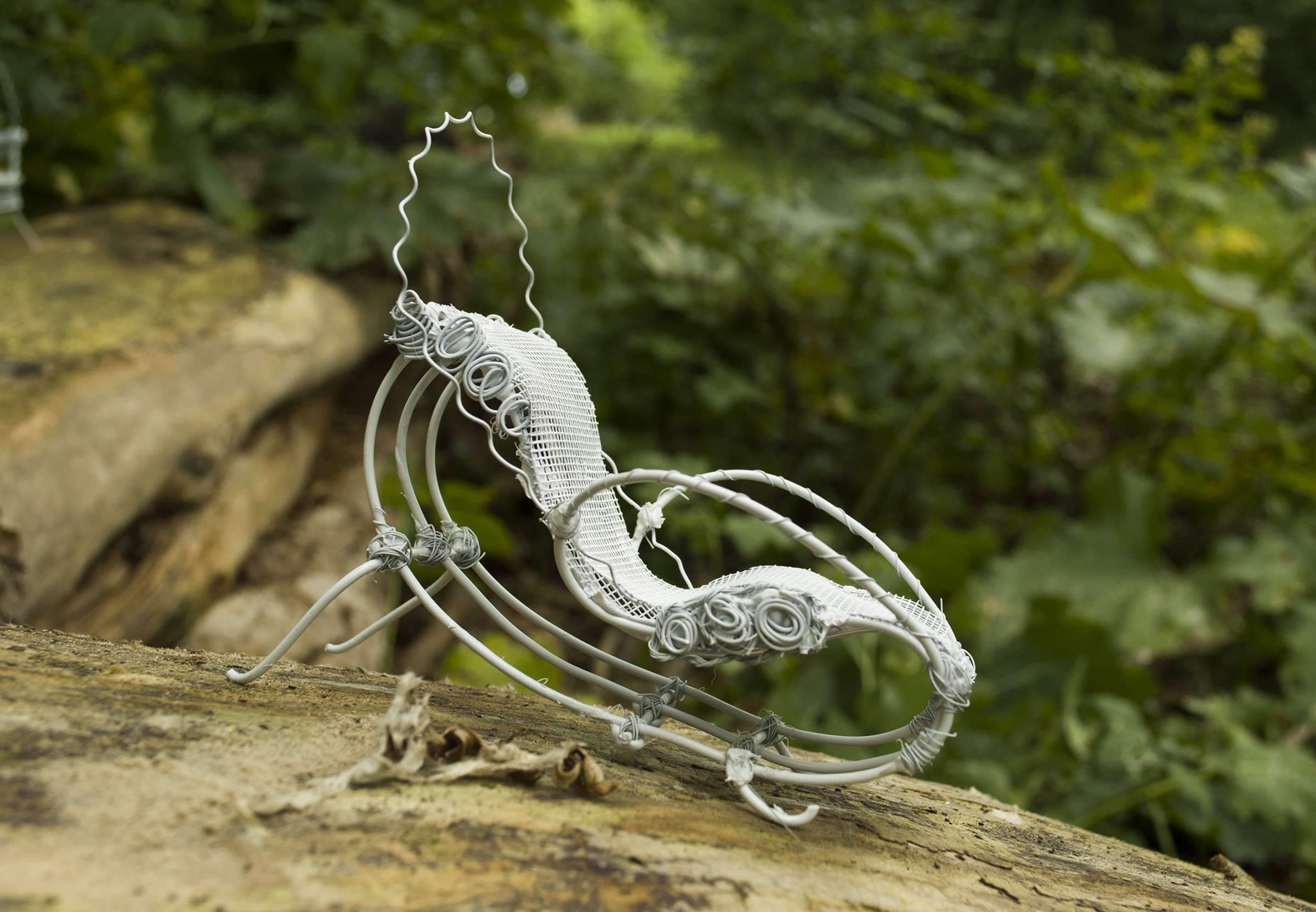
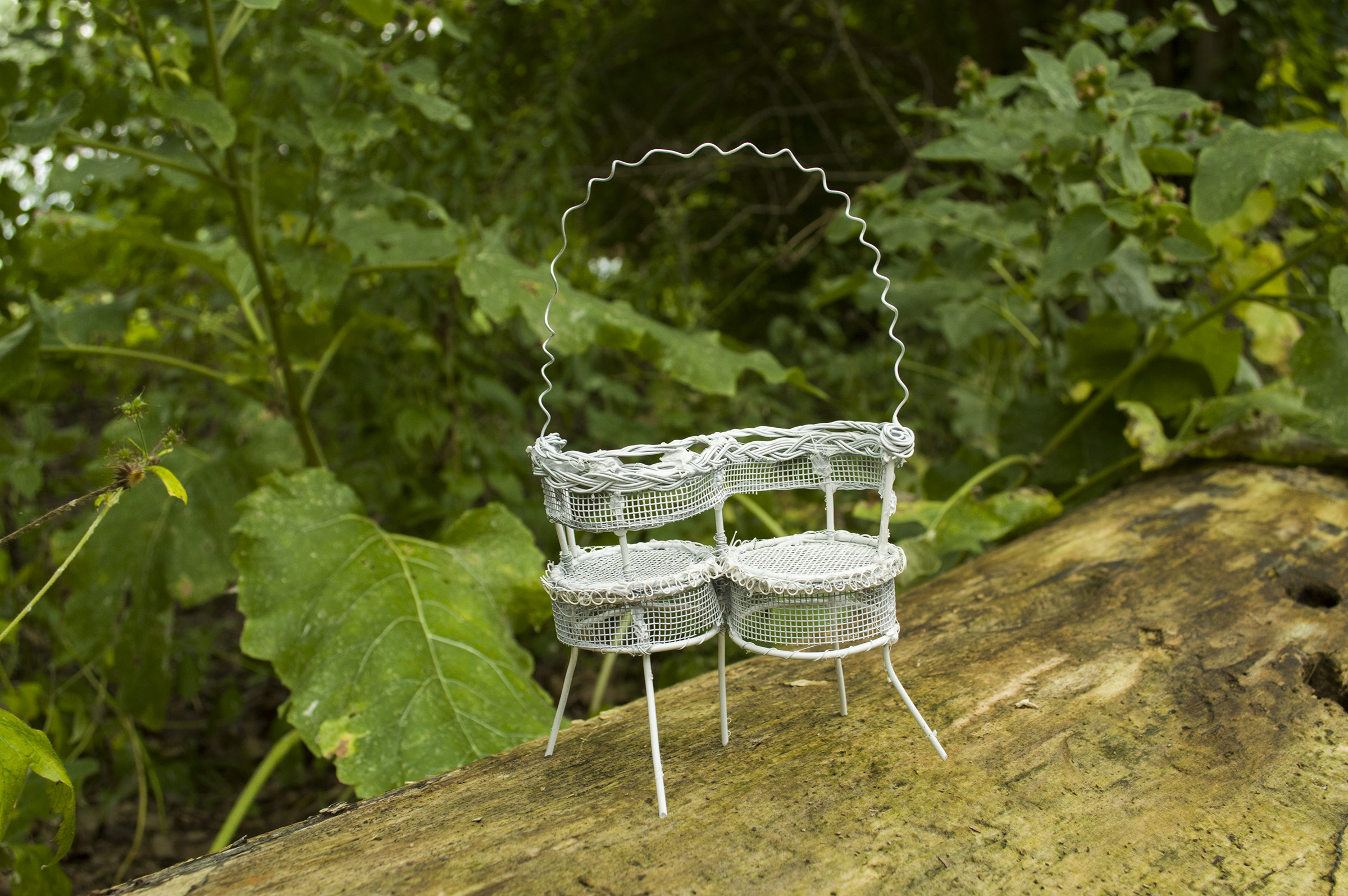
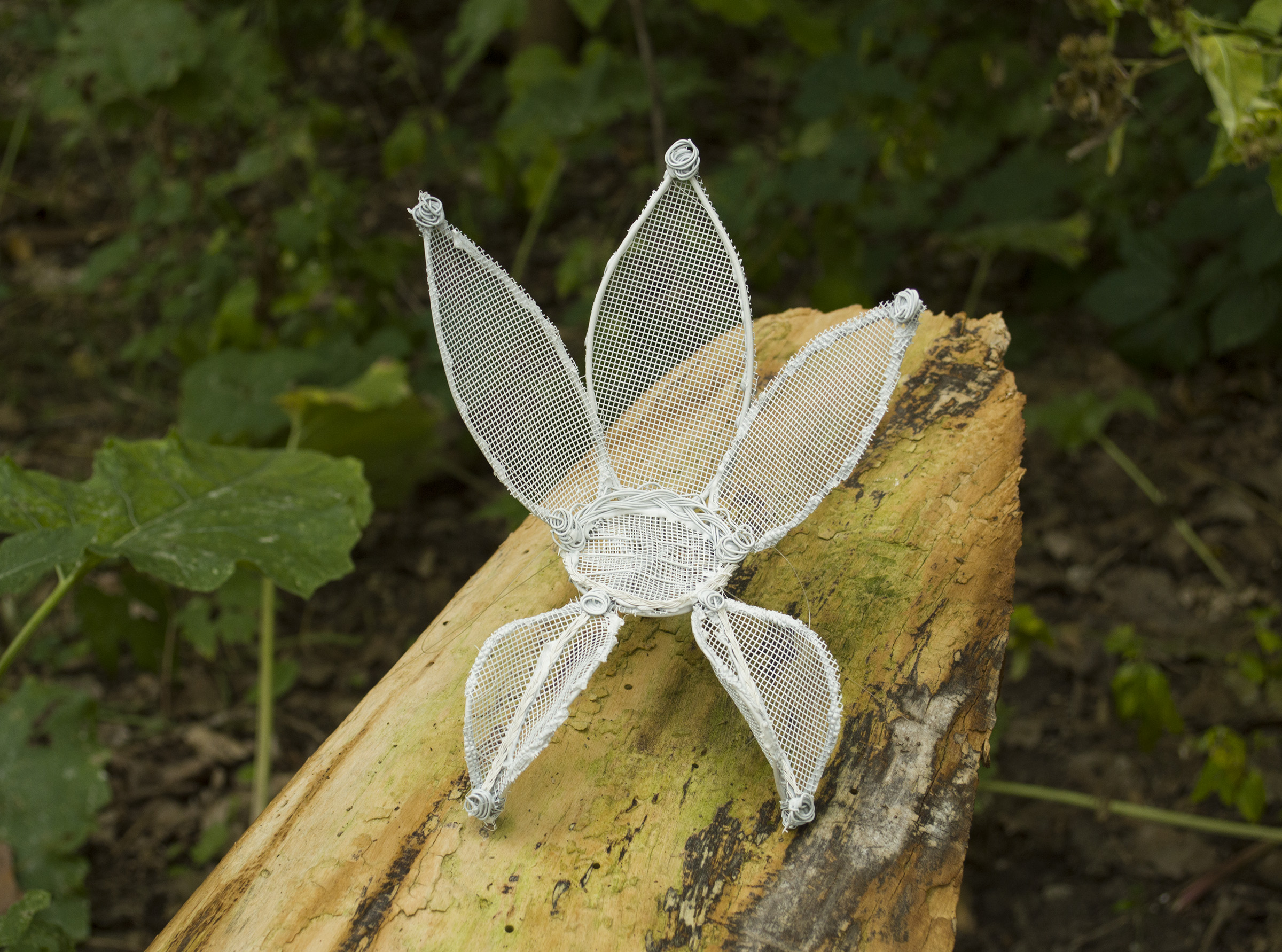
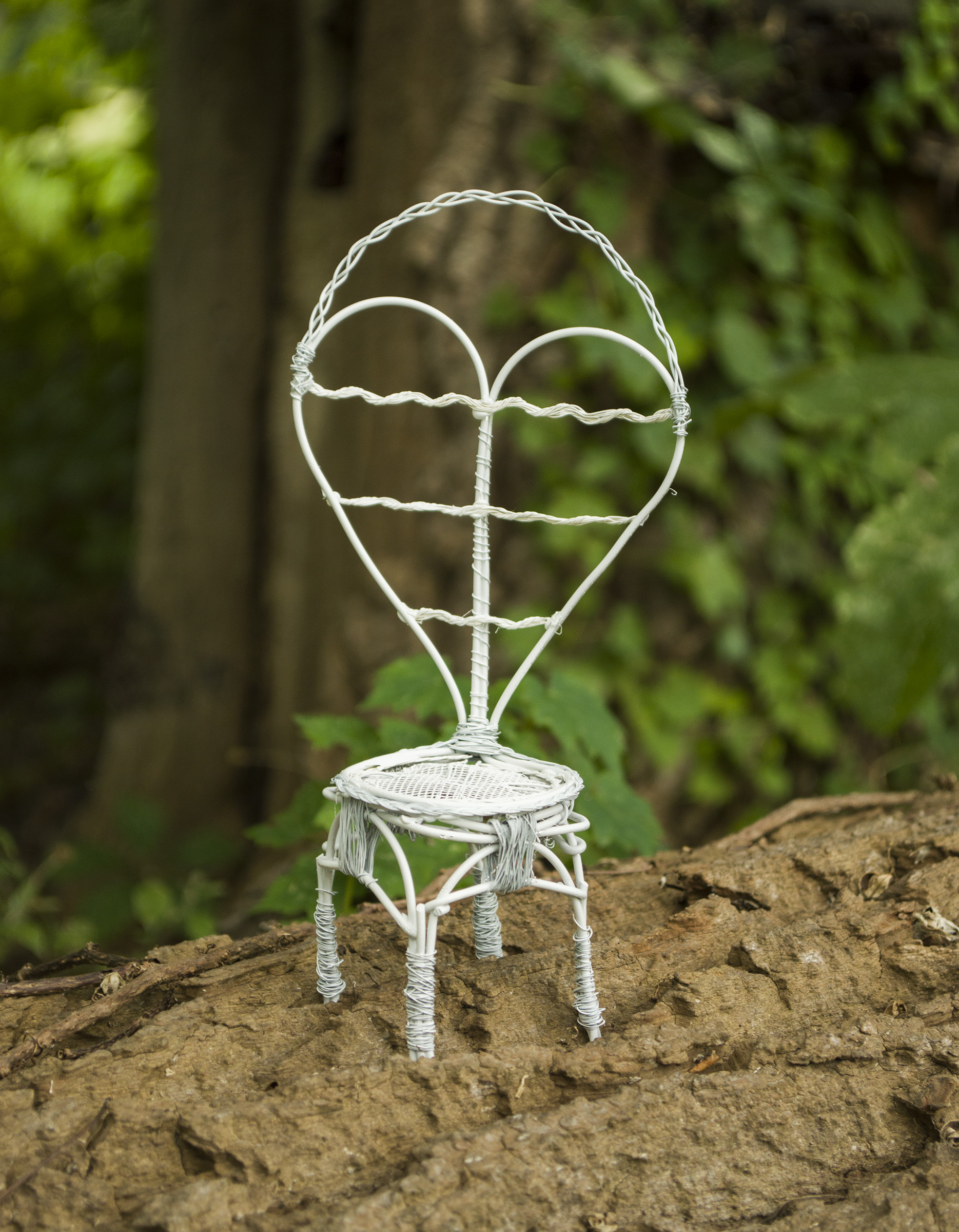
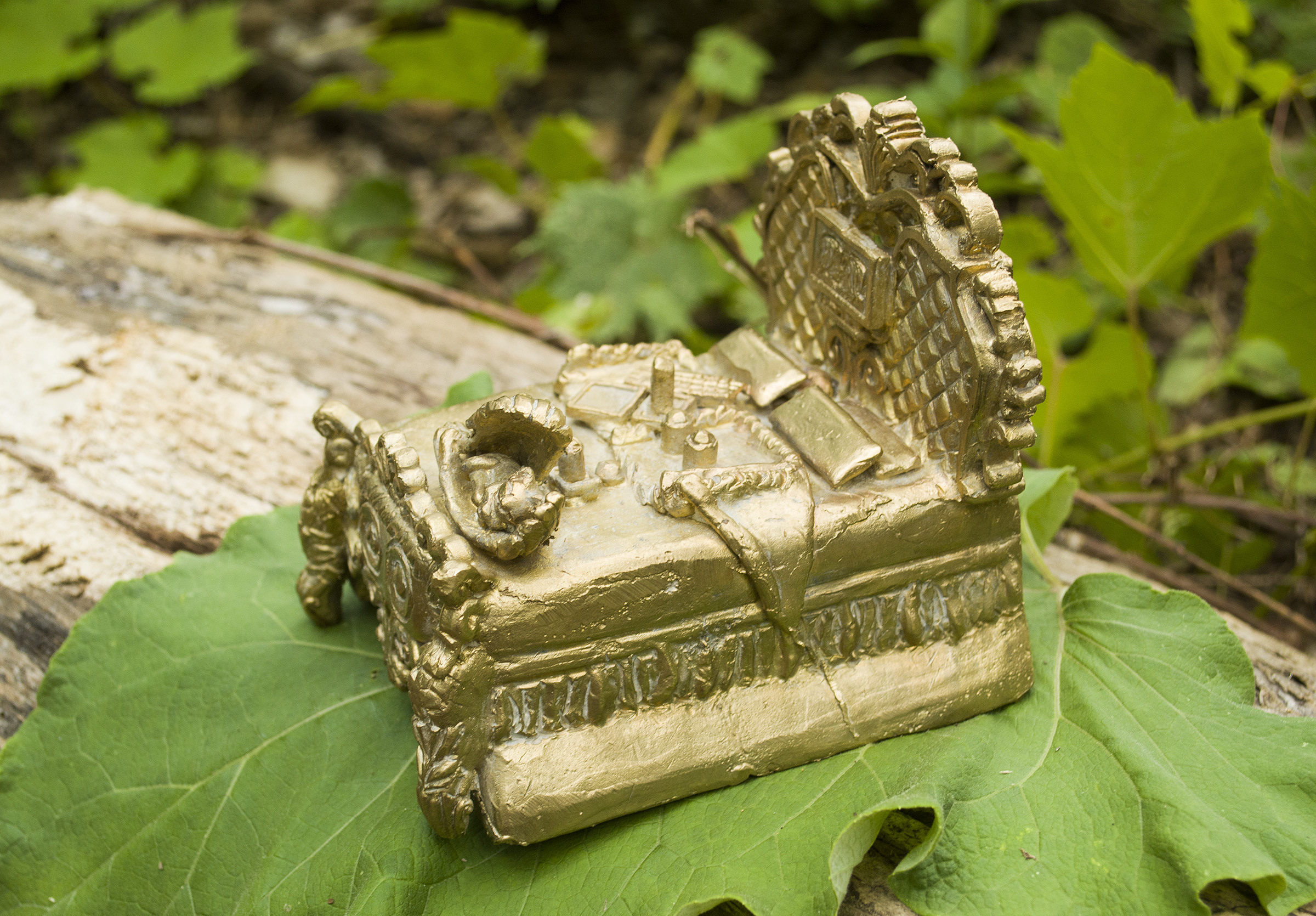
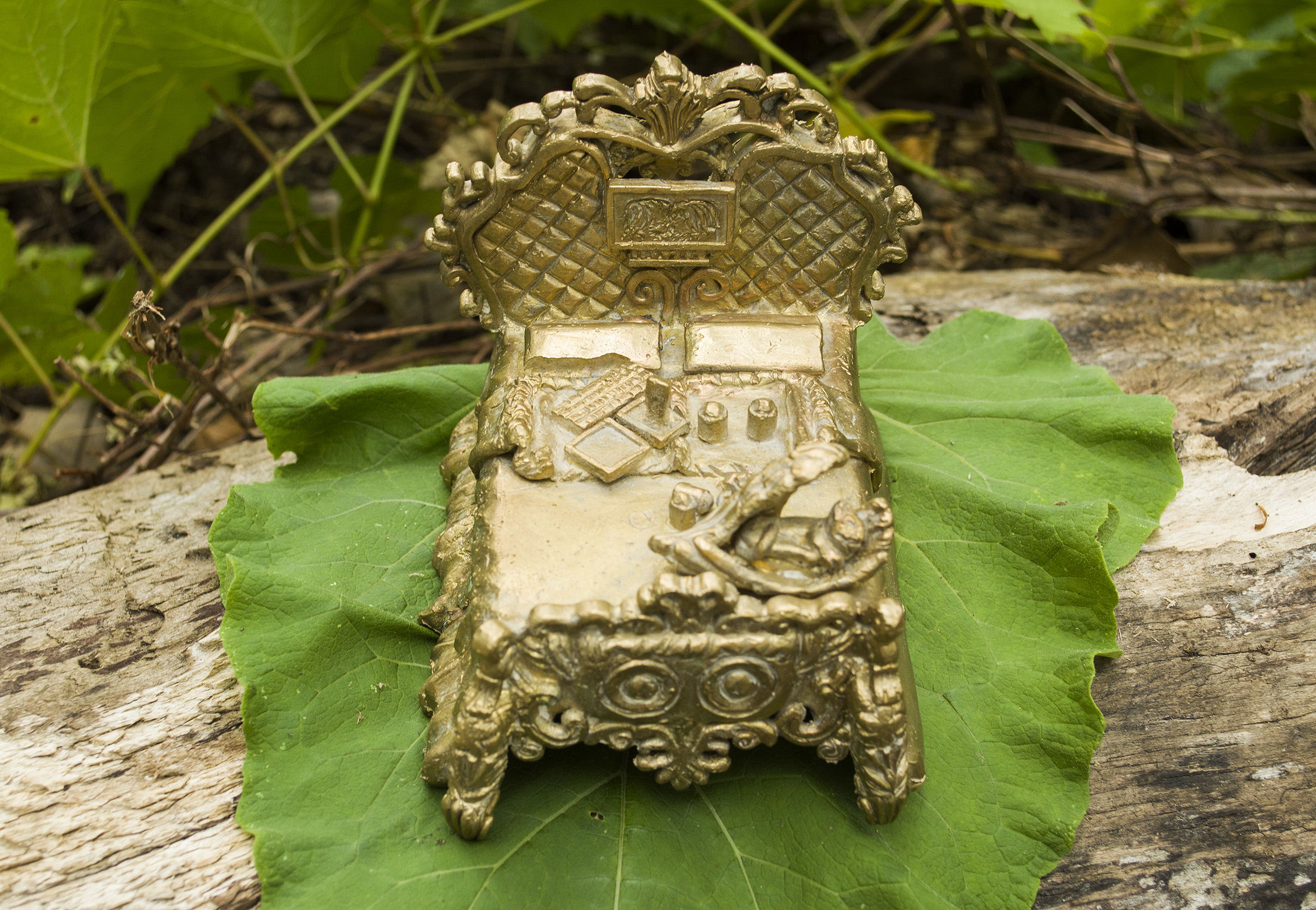
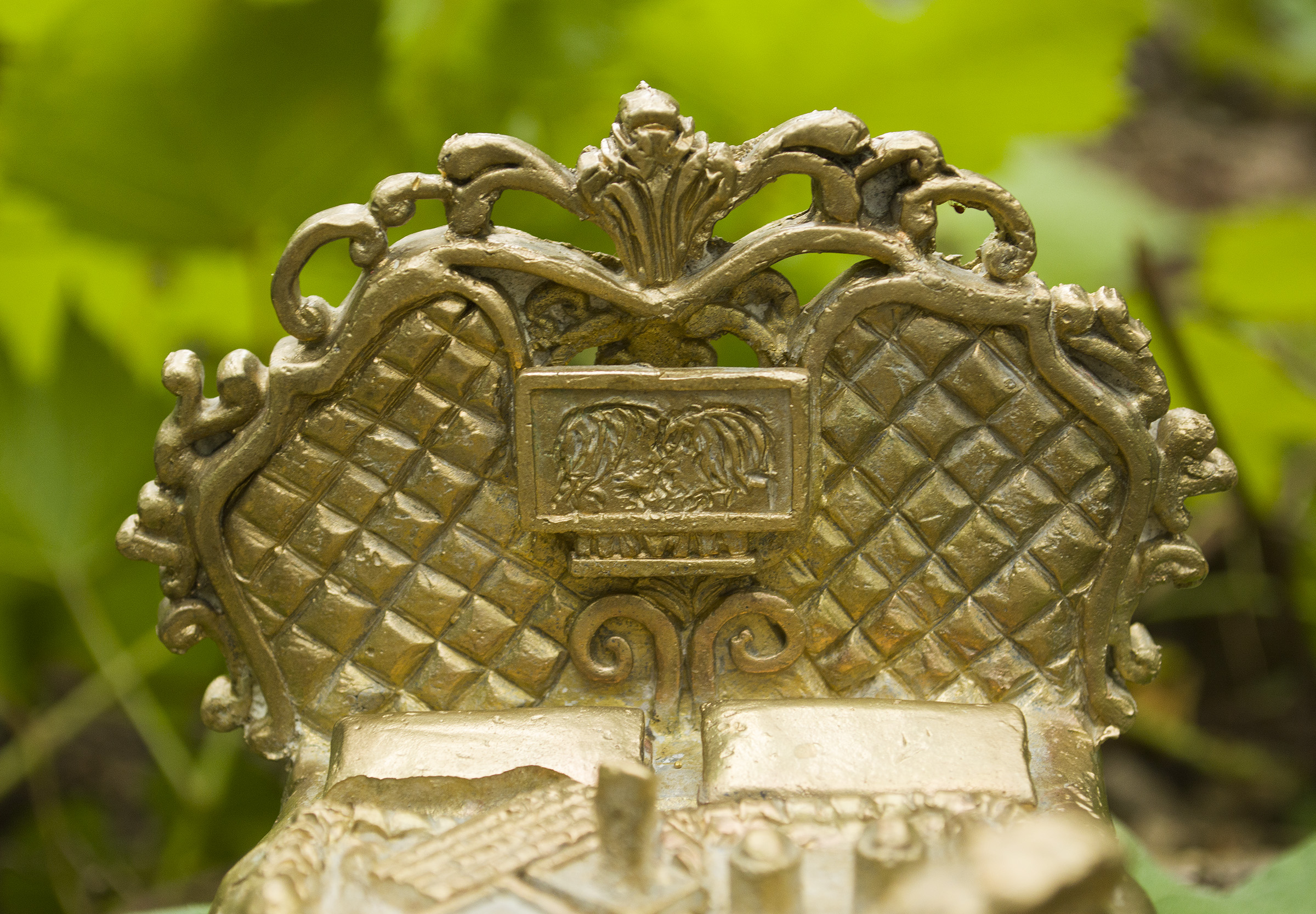
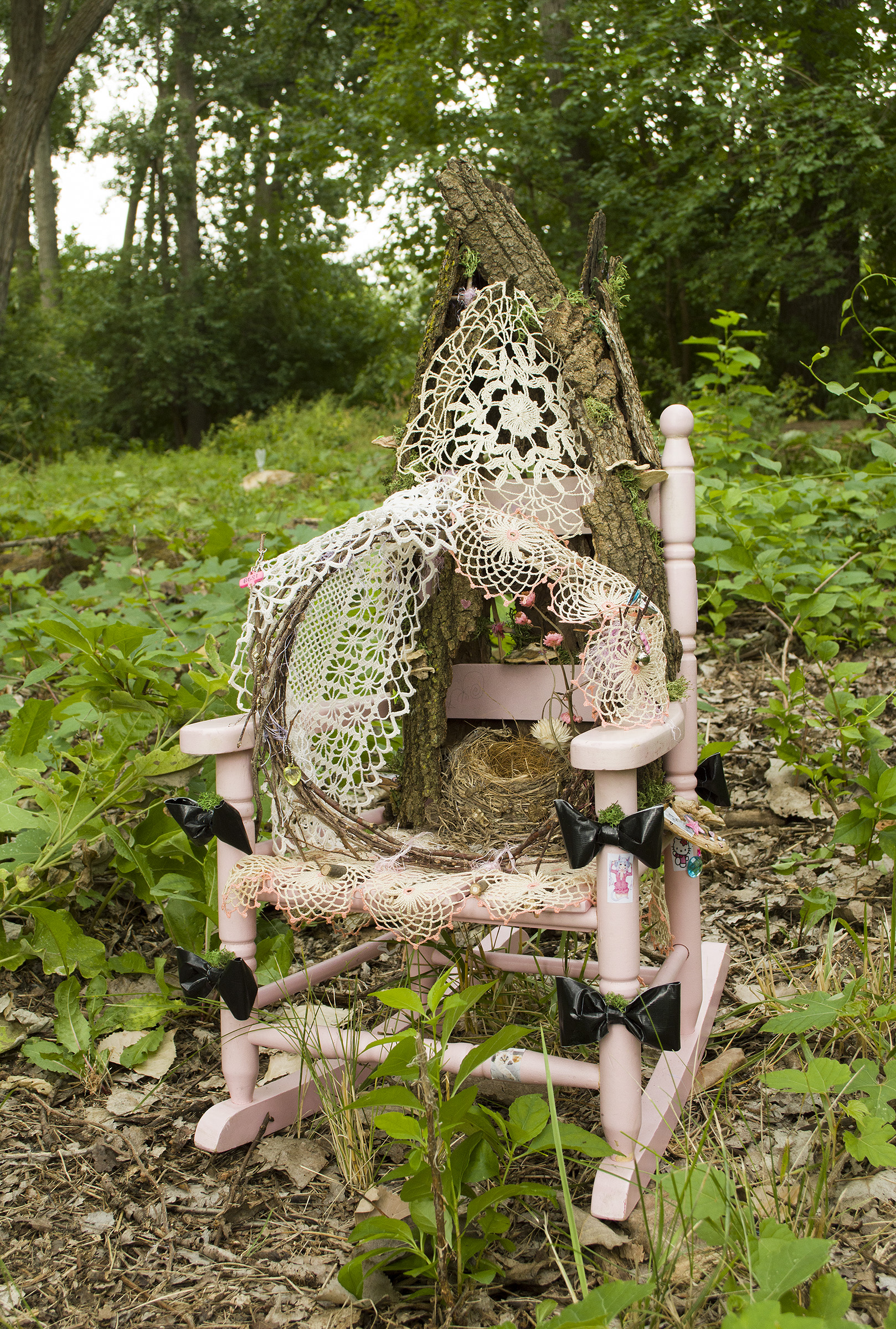
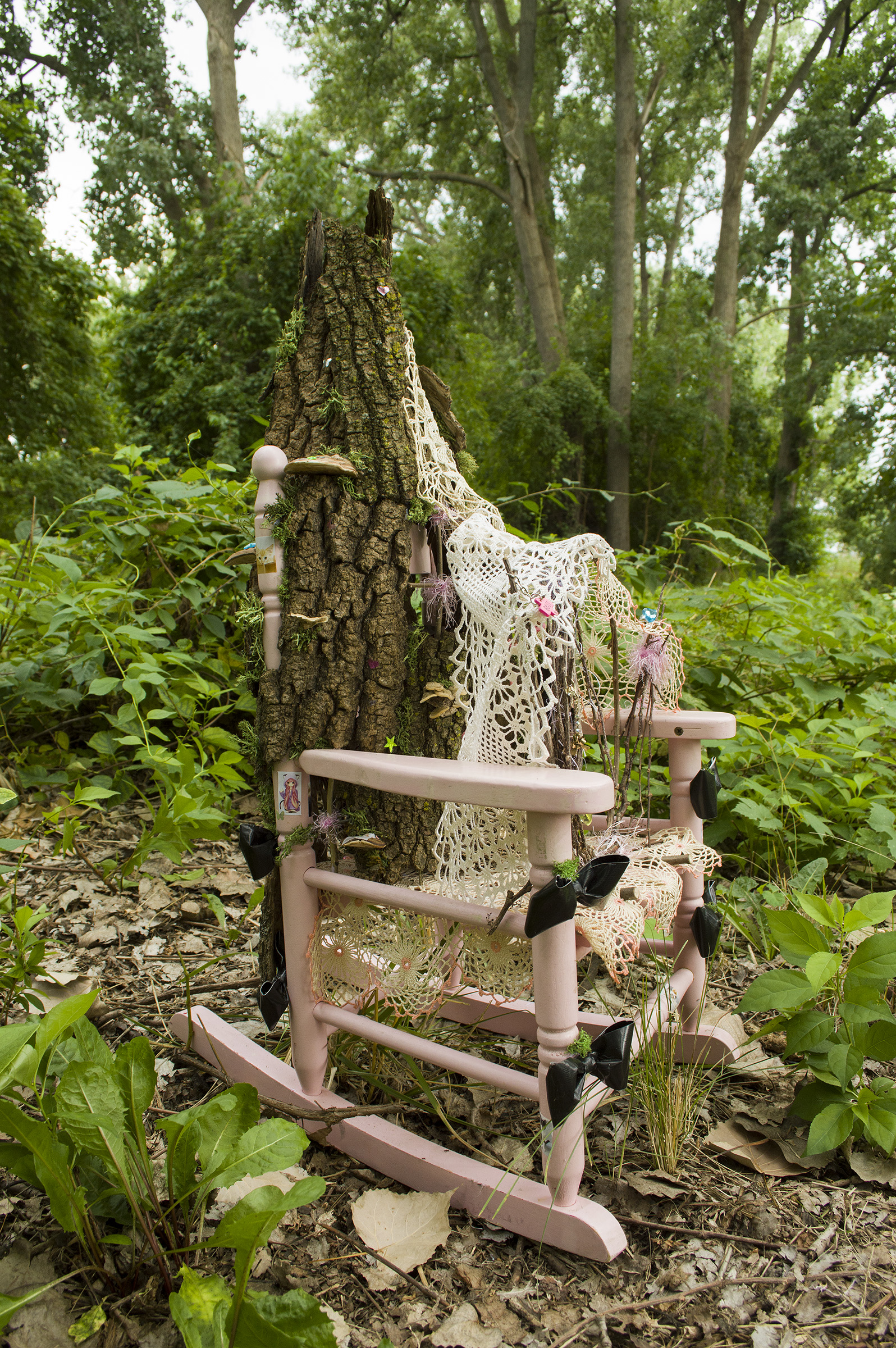
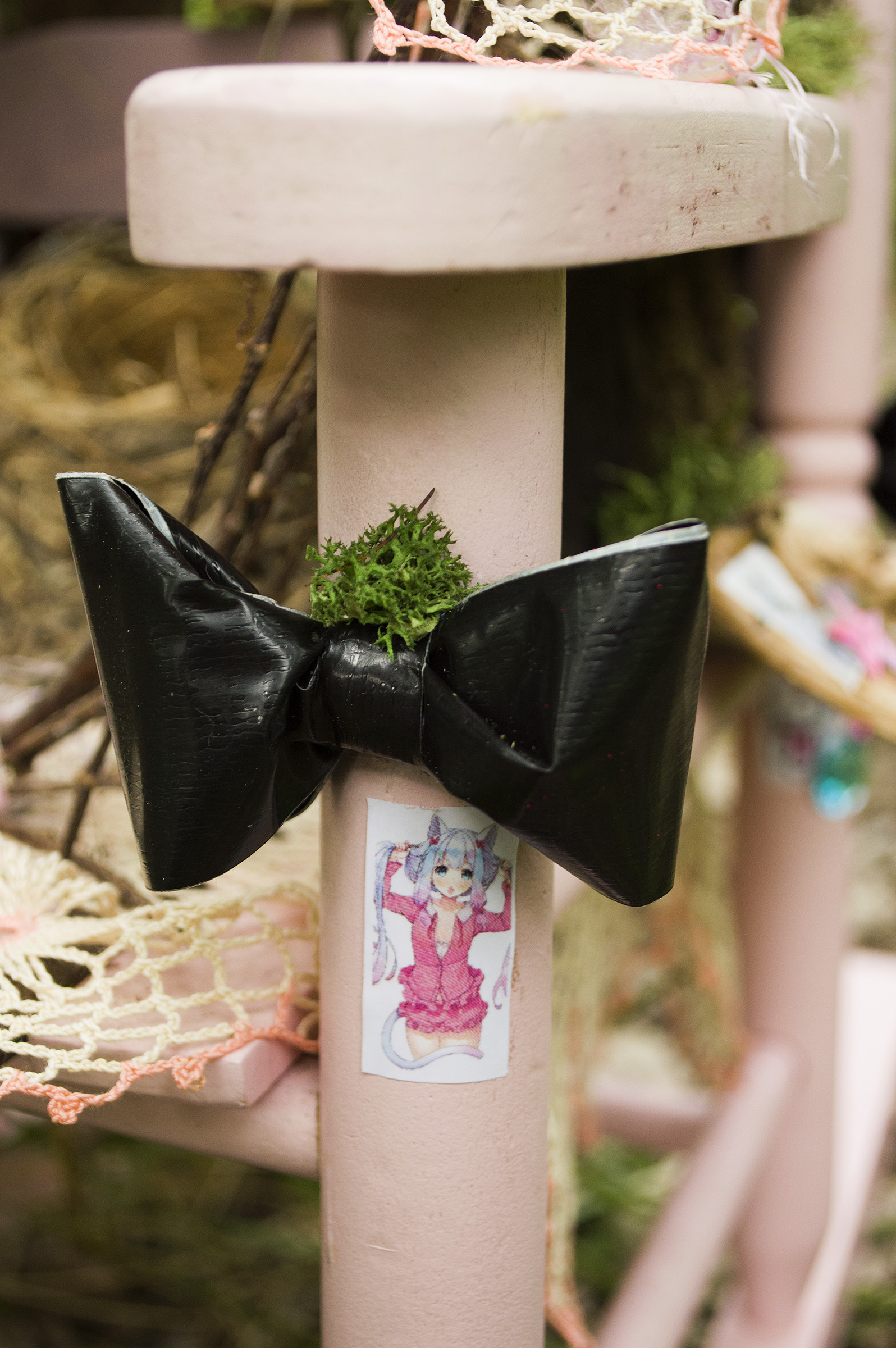
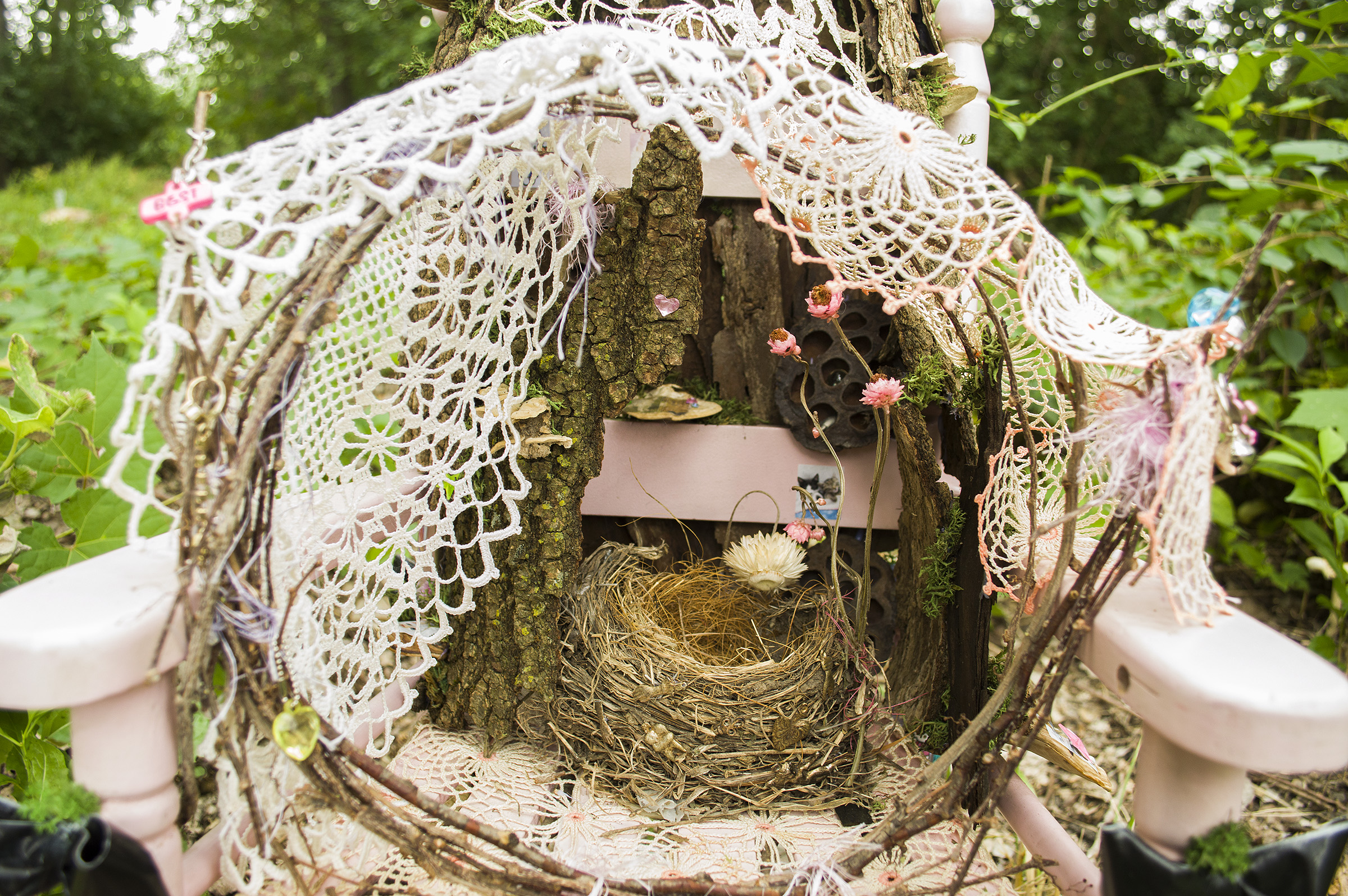
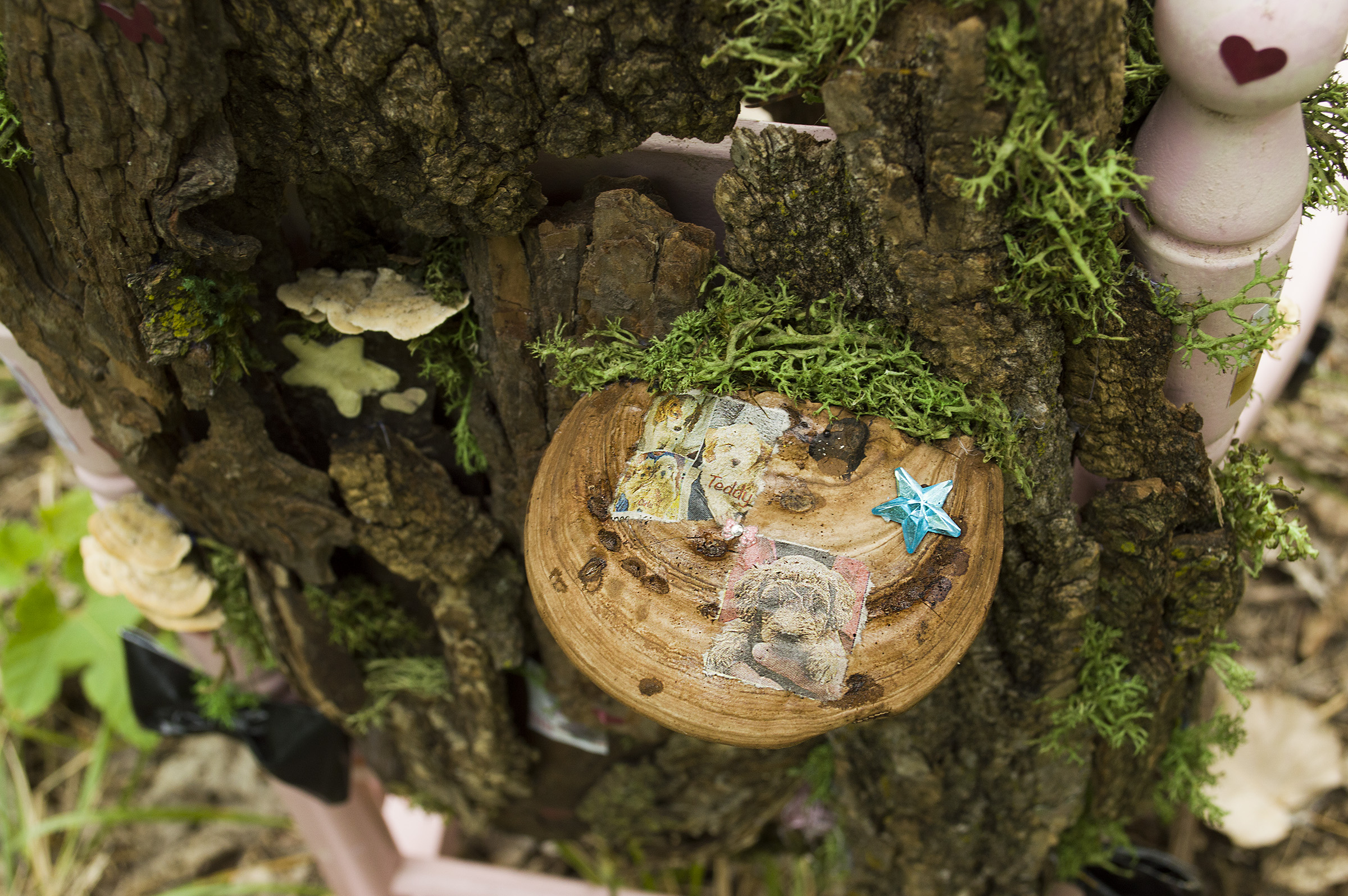
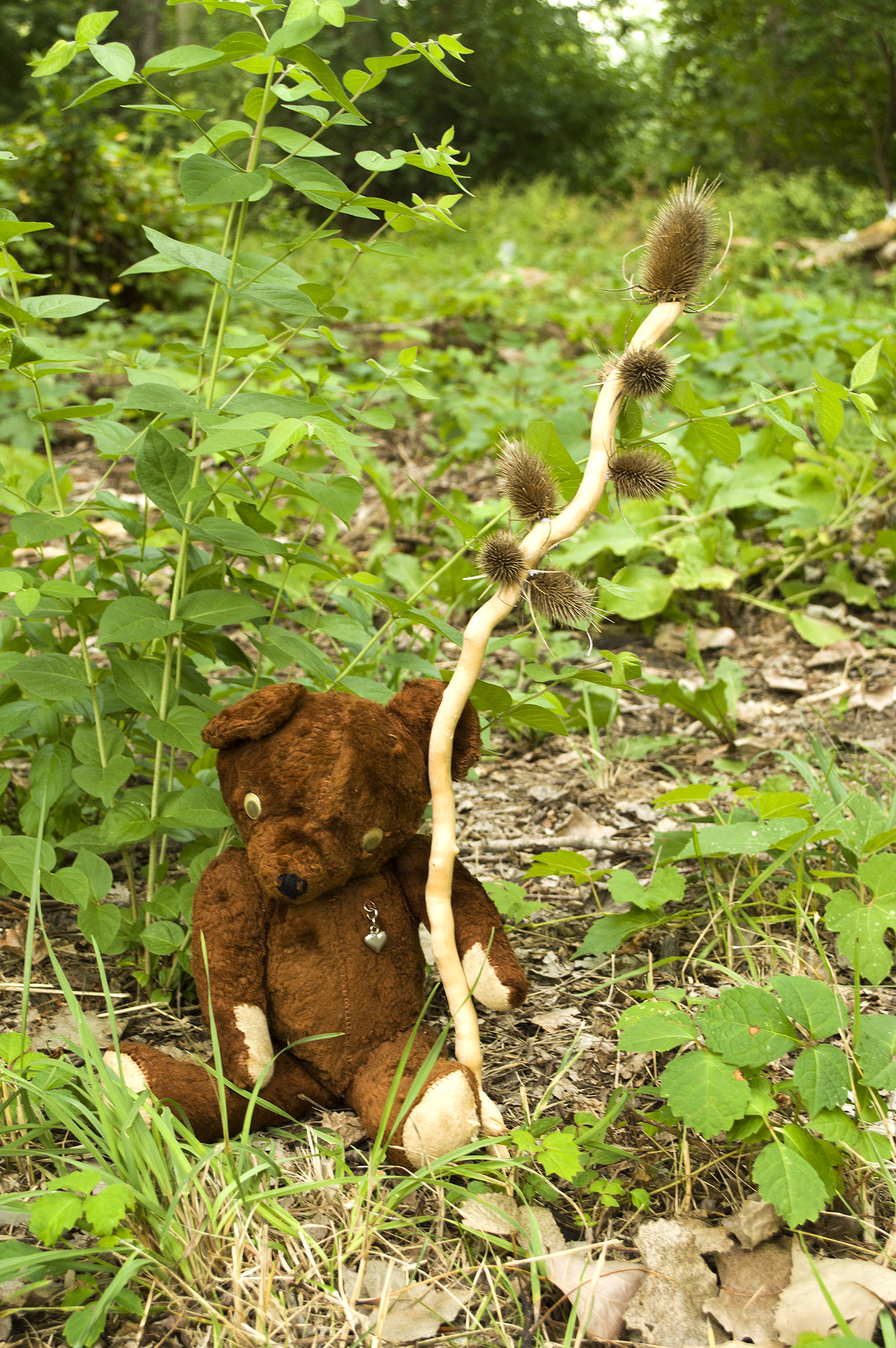
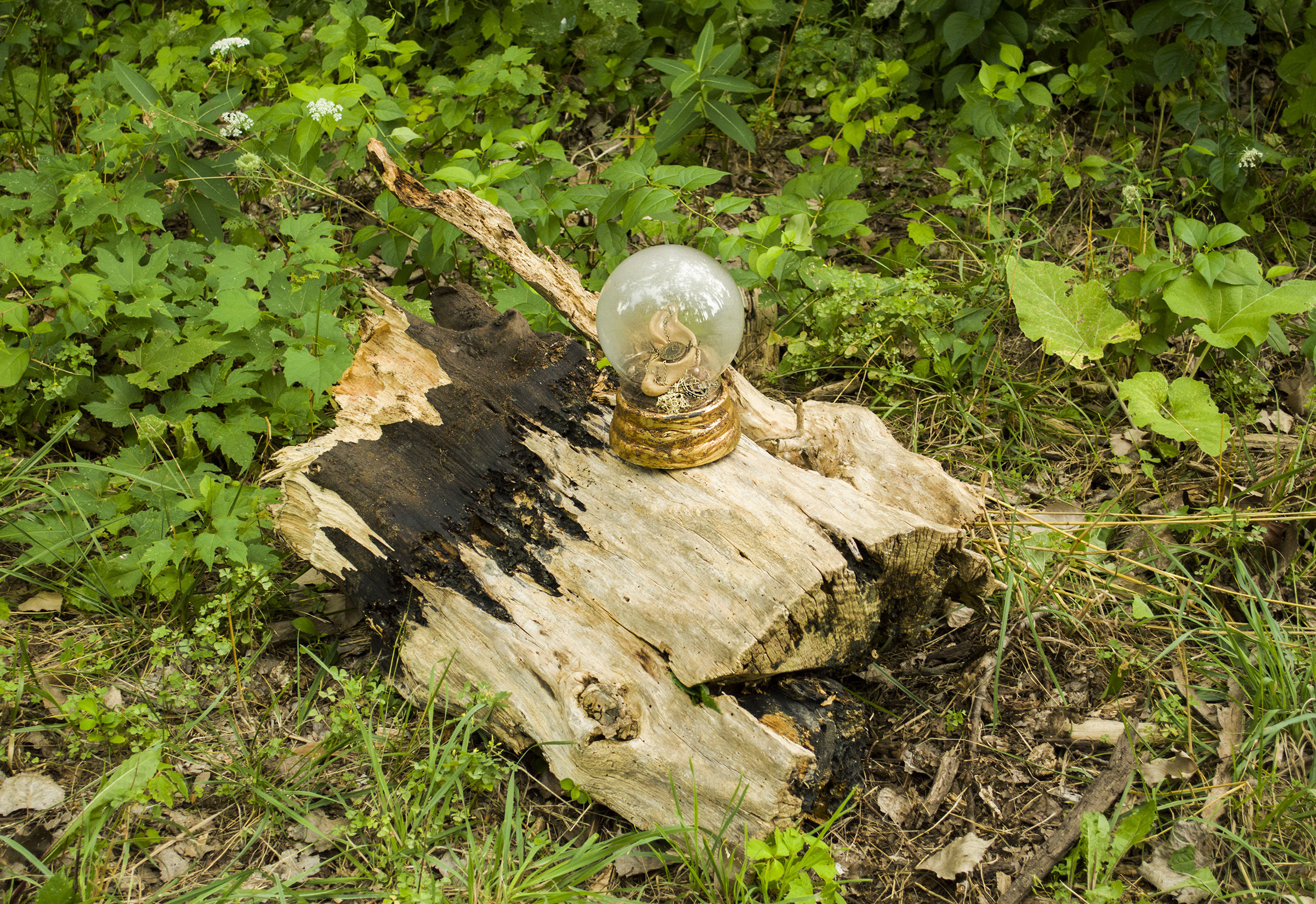
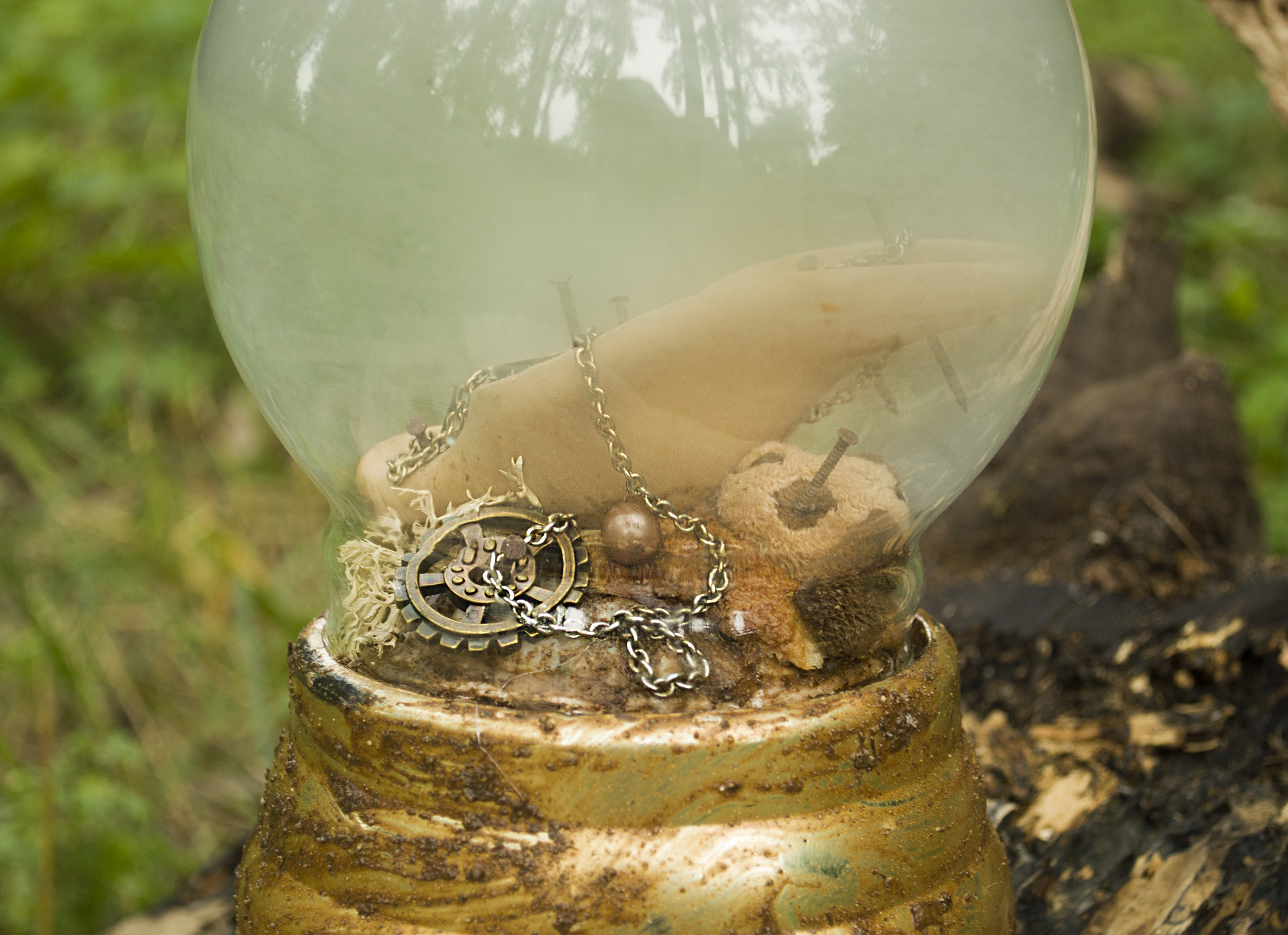

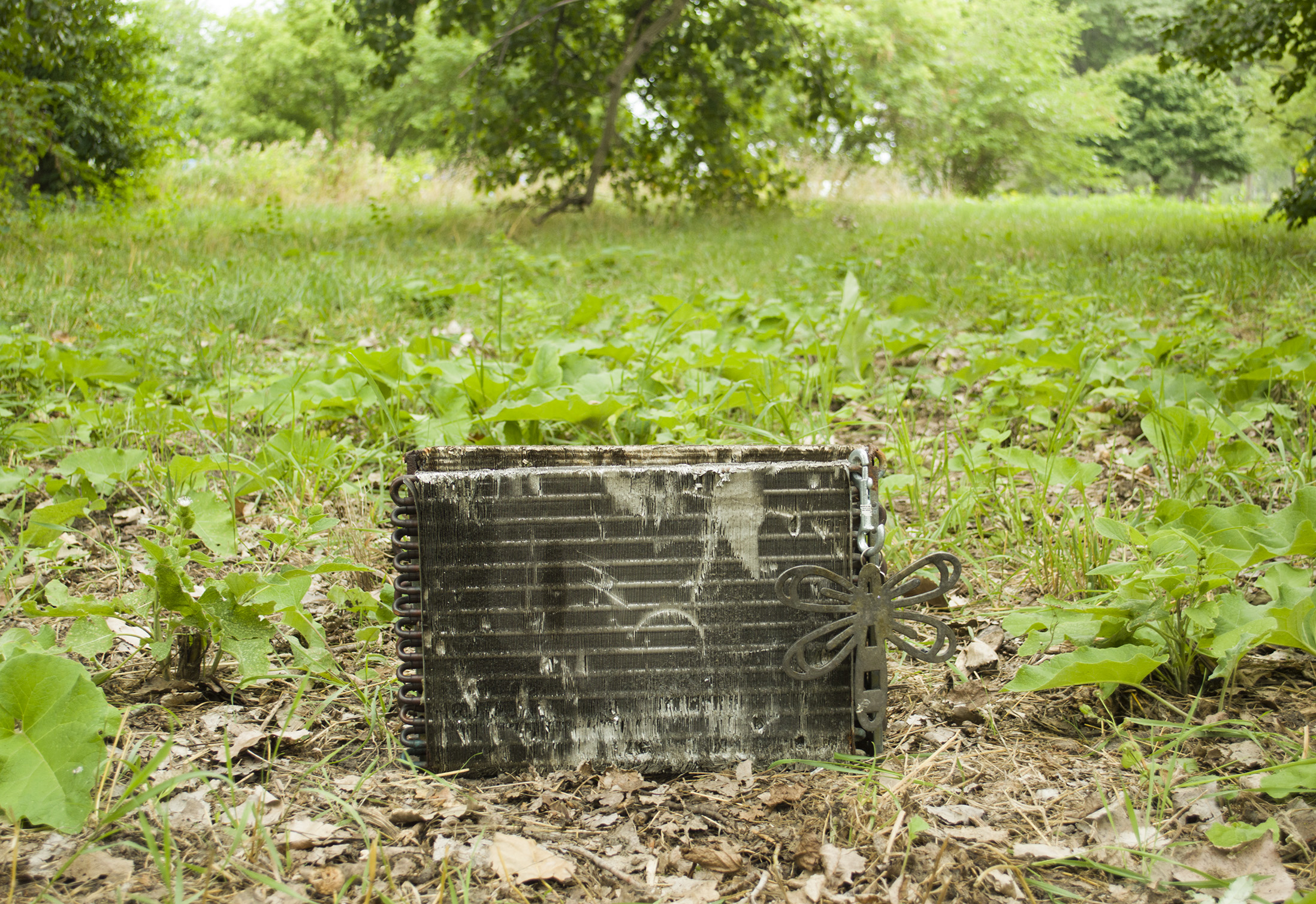
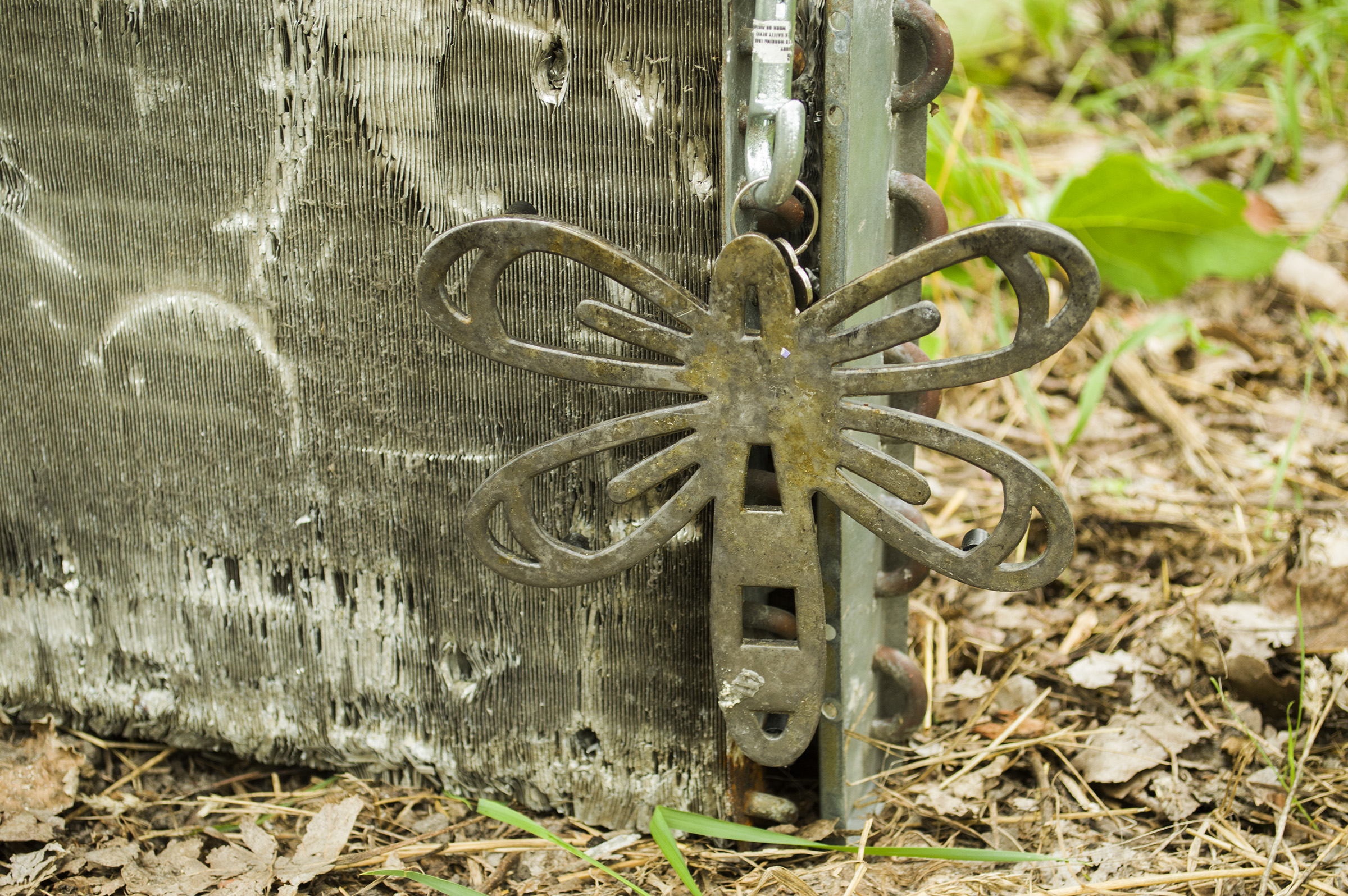
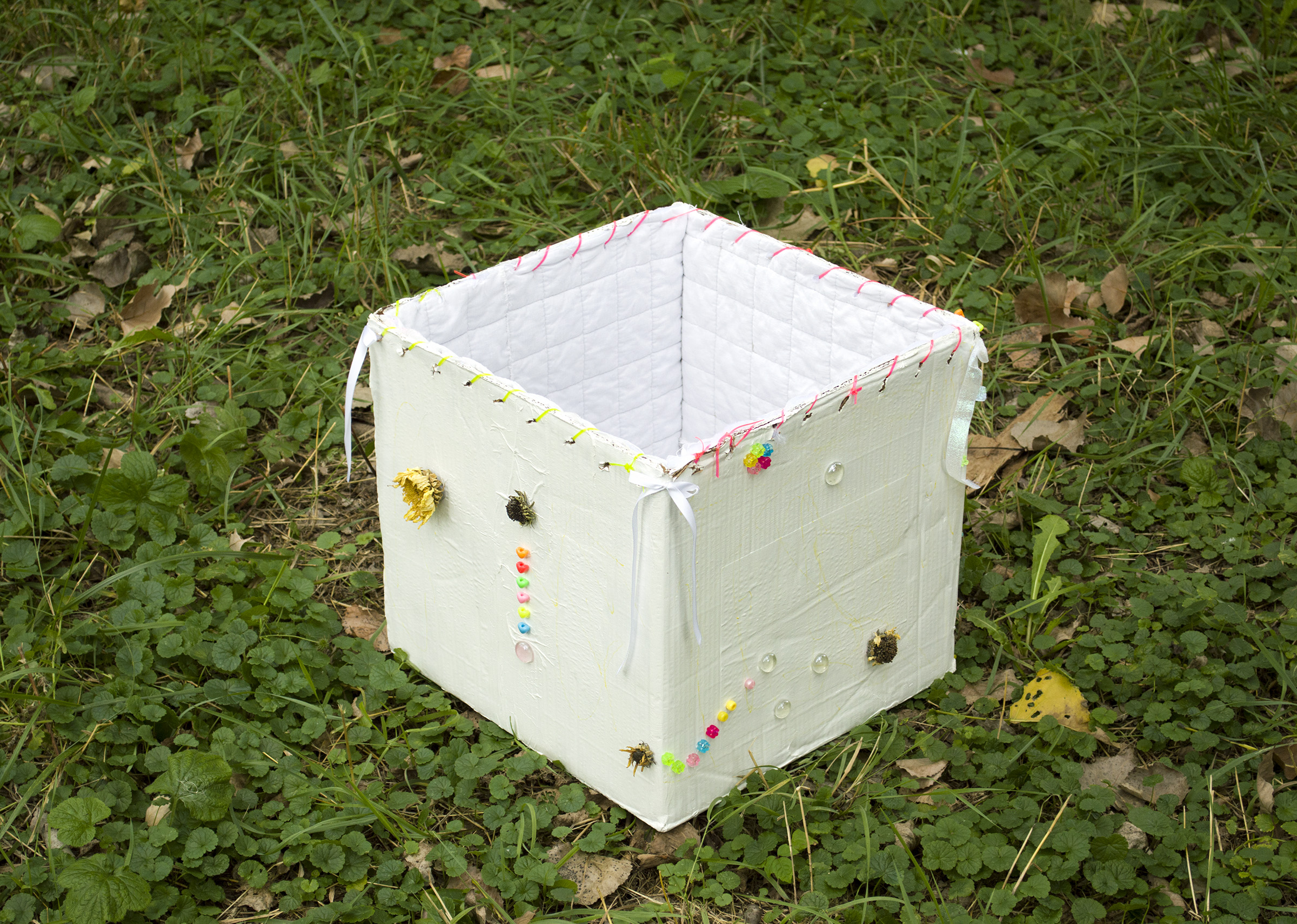
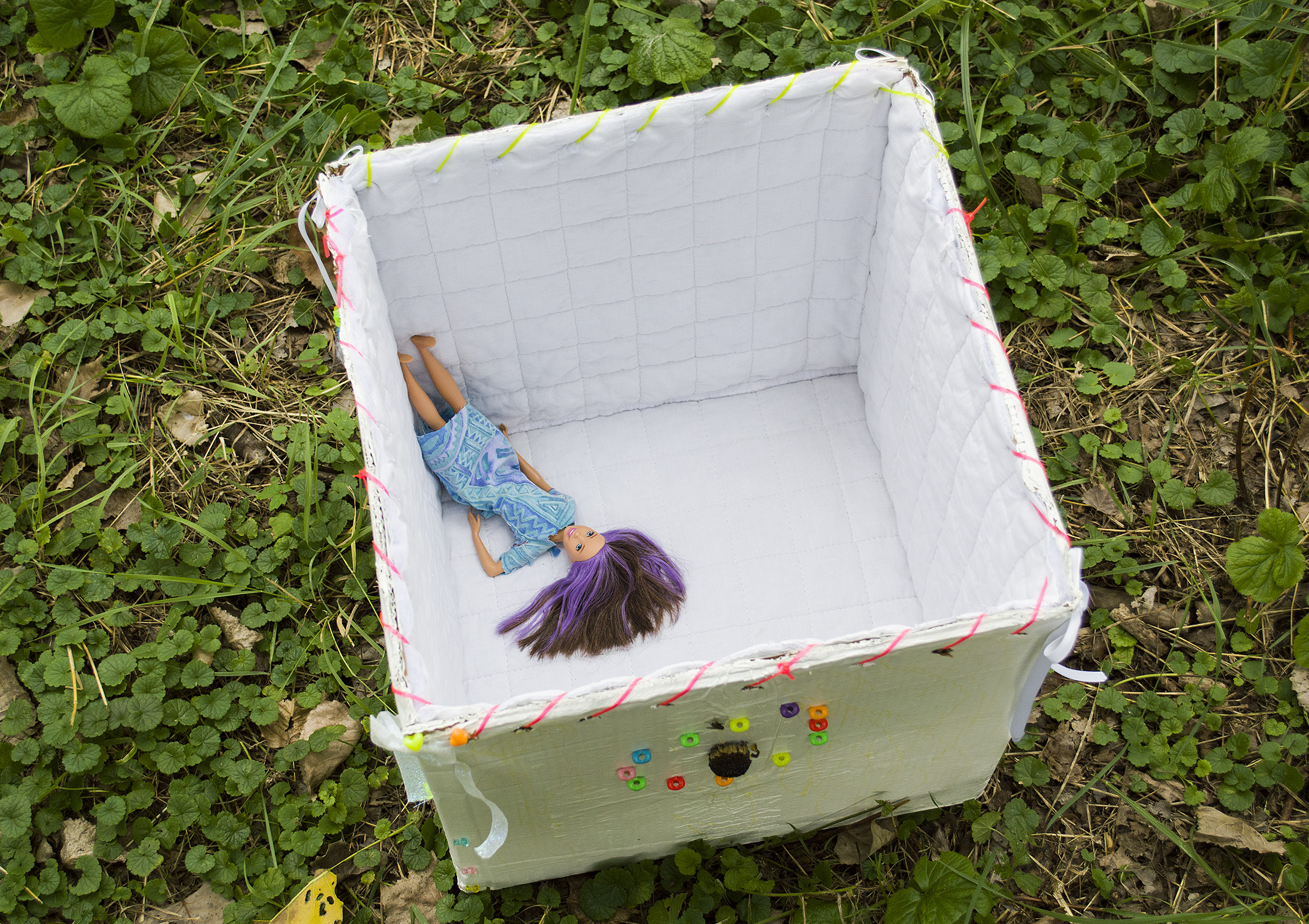
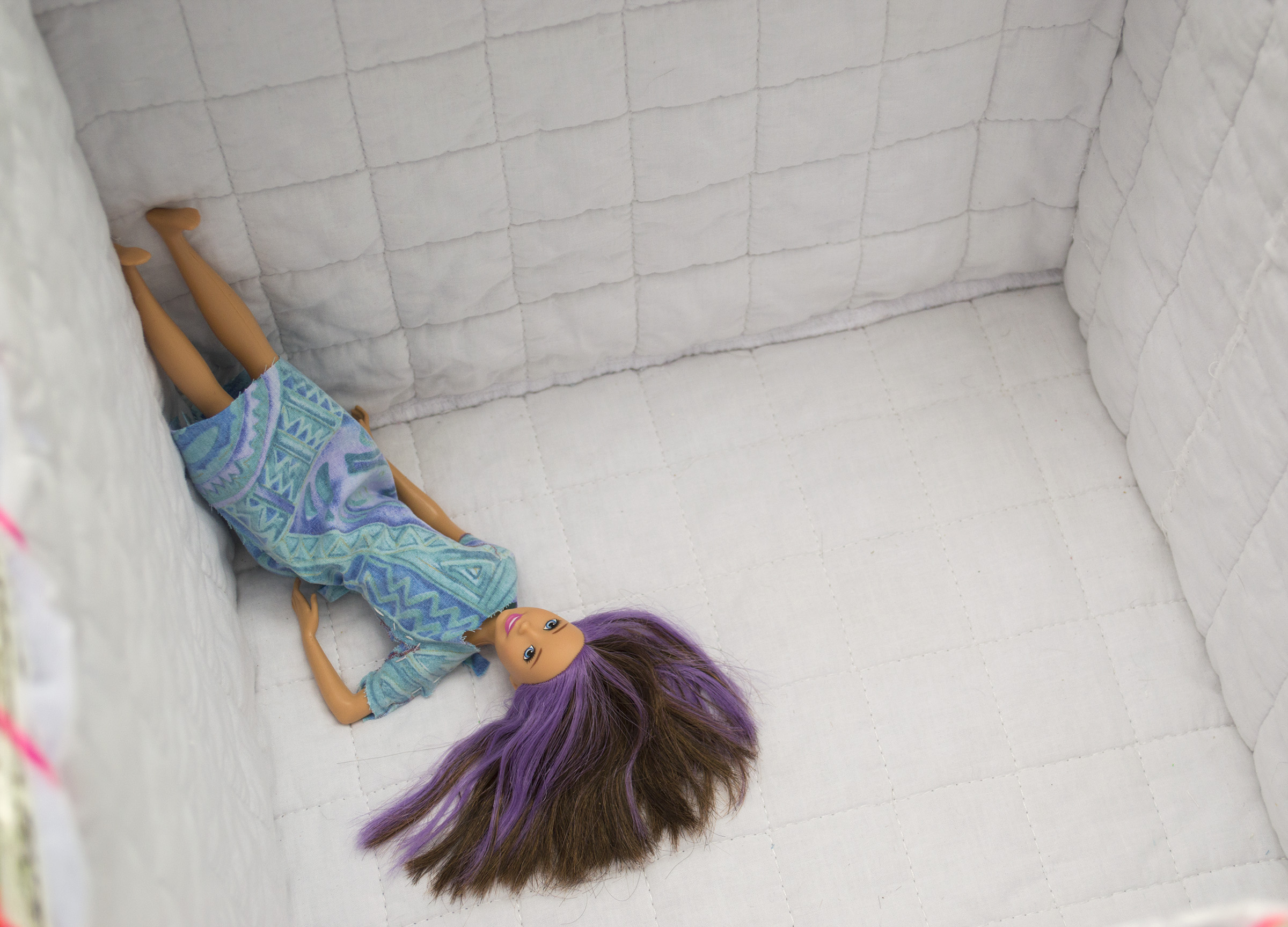
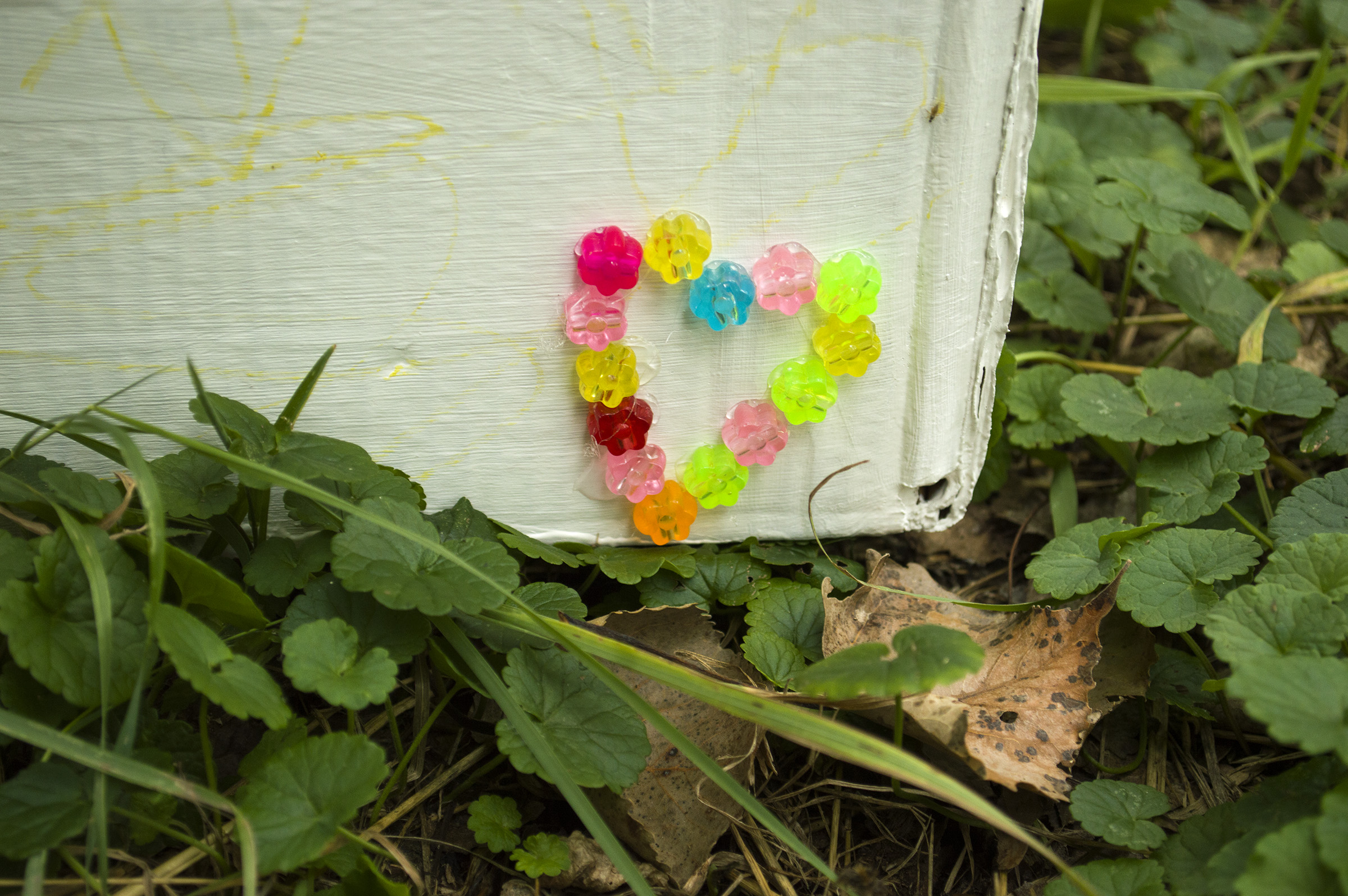
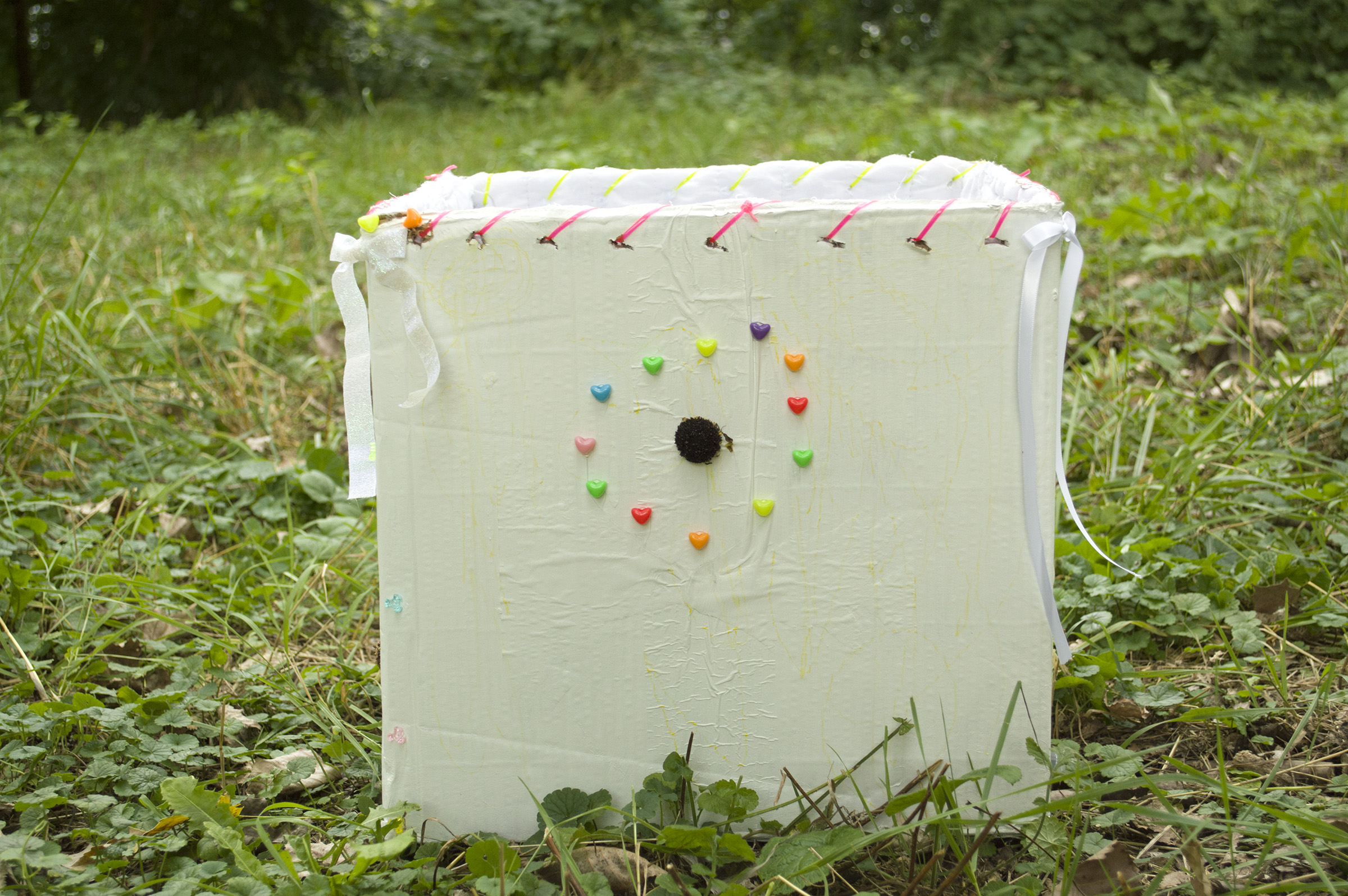
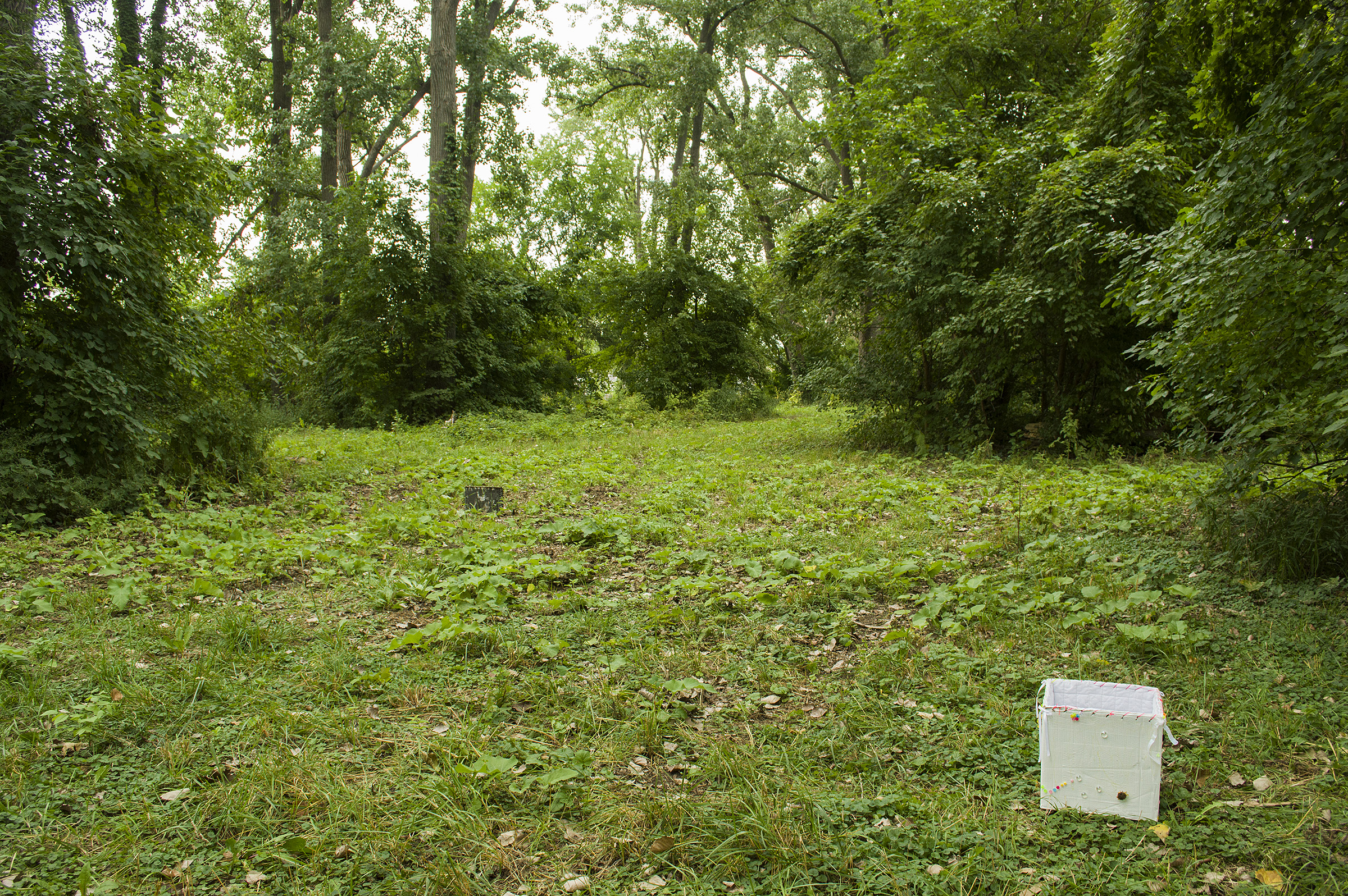
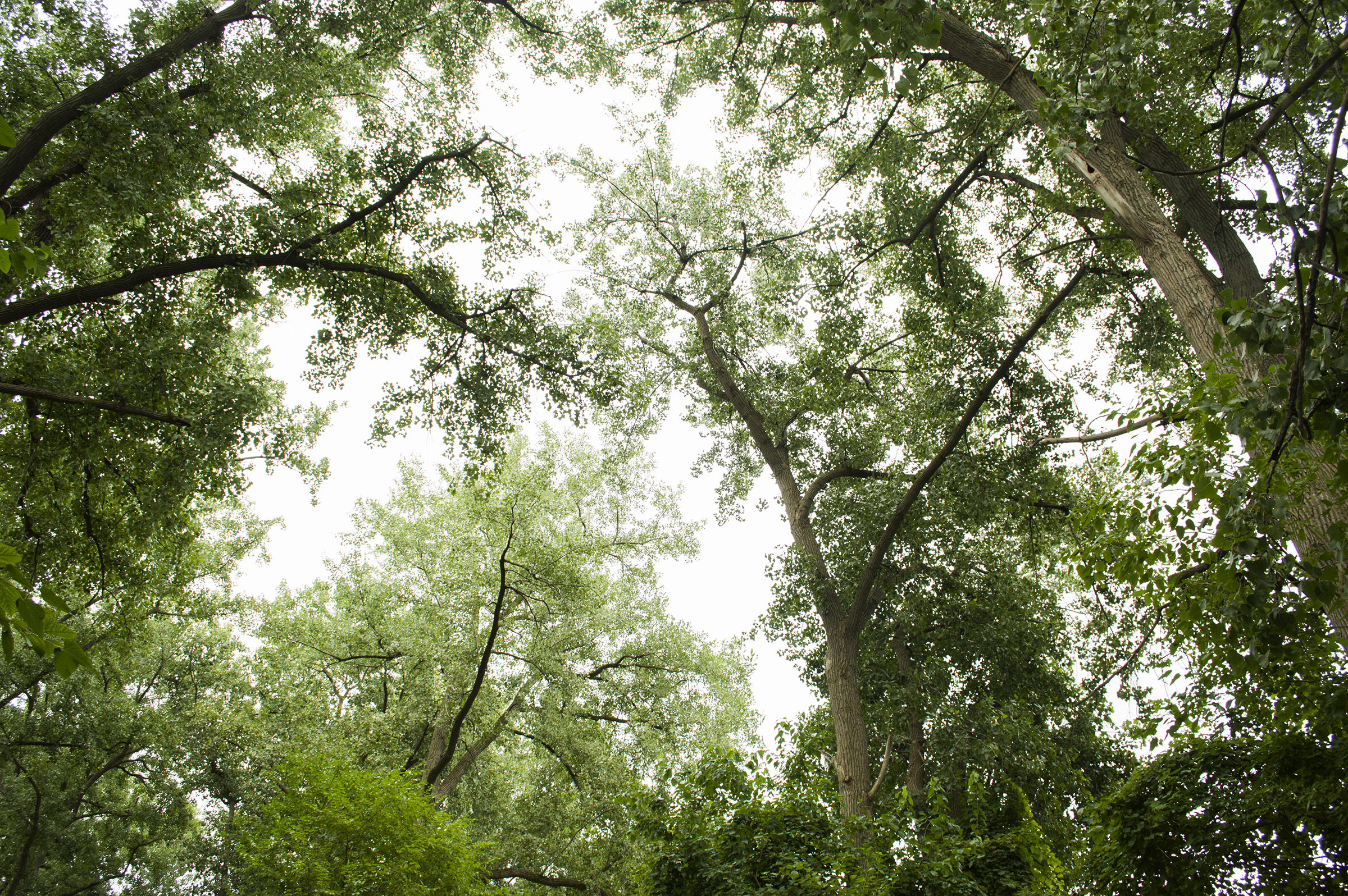
A Brief History of Fairies in Victorian Popular Culture
by Jackie Valadez
While various conceptions of fairies and realms beyond our own lie within many cultures across time, contemporary society’s views on fairies and folklore stems mainly from a sweeping craze during the Victorian era. From about 1840-1910 anything and everything fairy was readily produced and the general public was eager to take in media depicting magical places far beyond their immediate realities. Popular arts of the time such as painting and ballet took inspiration from literature around fairies, especially Shakespeare’s A Midsummer Night’s Dream. William Blake, a leading figure of the Romantic movement, and a student of the occult tradition, had a distinct fascination with fairies.1 He, along with Henry Fuseli would have a lasting influence on Victorian painters by tapping into the other side of fairy tradition. In Strange and Secret People’s, Carole Silver attributes this influence to Blake and Fuseli acknowledging a darker side of the fairy mythos: “Blake, like Fuseli, recognizes that the sports of the fairies are usually cruel; the sinister nature of some of the images suggests Blake’s recognition of the dark side of the fairy tradition.”2 At the same time, the social sciences were rapidly growing fields, with the new disciplines of archaeology and anthropology being used to connect fairy mythology to the larger history of human evolution. This emphasis on fairies in popular culture, and within rigorous academic fields created a wealth of information on the fae and other preternatural beings that has had a longstanding influence. Today when we think of fairies, what immediately comes to mind are ideas of soft benevolent angelic beings that are intimately braided to nature in ways that suggest a type of utopia; a heaven of beauty and peace. But the other side of fairy history speaks to the psychology within repressed societies, connections to hell and death, and the dismissal of ancient matriarchal ways of life.
The fairy frenzy of the Victorian period pulled imagery and ideas from folktales, local legends and rural memorates. One of the themes seen throughout various cultures in Europe was the idea of Fairyland as a type of afterlife. Fairies were closely connected to specters, and the Spiritualists continued that line of thought. A preoccupation with death marked the movement and Spiritualists believed that life did not stop after death, it just continued on into new spheres of existence. Fairyland was theorized by some Spiritualists as the next step for the human soul. Folklorists looking into Celtic and Norse mythology collected stories of fairyland as a sort of purgatory. “The Fairy Dwelling on Selena Moor”, a story from Cornwall, tells the story of Mr. Noy who, while lost in a swampy forest, finds that his long dead lover is actually alive but trapped in fairyland under the spell of pixies who keep her prisoner. “Oh, beware! Embrace me not, nor touch flower nor fruit; for eating a tempting plum in this enchanted orchard was my undoing.”3 Her captors were those that had “lived as mortals,-may be thousands of years ago.” Mr. Noy’s lover stops him from eating or drinking anything in fairyland and thus prevents him from meeting the same fate. This theme of entrapment is common in much of fairy mythology, and serves as a warning against coming into contact with the fae.
Another popular theme within fairy lore was the fairy queen, and some social anthropologists of the time interpreted these ideas as, “relics or folk memories of a prehistoric period of matriarchy or of matrilineality; the relatively high position of women within them was a sign of how ancient such tales were. Most ancient of all—preserved and transmitted mainly through Irish materials—were the tales of truly independent powerful fairy queens who simply seduced, consorted with, and abandoned mortal heroes at will.”4 Though for the most part, many of the leading anthropologists deemed the idea of matriarchal societies barbaric, and used it to further ideas of patriarchal rule. It’s no wonder that in an era marked by its extreme repression and anxieties about the role of women in society, many would use fairy mythology to explore ideas of individual freedom.
At the end of the Victorian era fairies had begun to be flattened into societal ideals of the time, with artists such as Cicely Mary Barker popularizing the image of fairies connected to flowers, child-like and seemingly unable to cause any real harm.5 The dark mythology and exploration of prior beliefs were turned away in favor of images that depicted fairies as examples of Christian ideals. The fervor, serious inquiry, and exercise in imagination seems to have stopped after the Victorians. It speaks to an assumption that we know all there is to know about existence, the hand of materialism gripping the contemporary psyche so hard there seems to be a war on imagination. Still, there is a yearning to understand possibilities outside our present realities, and an examination of fairies and other ideas in forgotten mythologies is a powerful vehicle for examining ourselves to reach realities beyond our own.
1 Laura Miller, “The Occult Tradition, Blake, & the Kabbalah: A Preliminary Study,” (Bowling Green, Kentucky: Western Kentucky University, 1977), Link.
2 Carole G. Silver, Strange and Secret Peoples: Fairies and Victorian Consciousness. (New York, NY: Oxford University Press, 2000), 28.
3 “Traditions and Hearthside Stories of West Cornwall, Vol. 2: The Fairy Dwelling on Selena Moor,” n.d. Sacred-texts.com, Link.
4 Carole G. Silver, Strange and Secret Peoples: Fairies and Victorian Consciousness. (New York, NY: Oxford University Press, 2000), 95.
5 “Home,” Flower Fairies, July 4, 2016, Link.
Ashley Cook (1986) is a Detroit-based artist and writer whose work investigates the interplay between fantasy and reality as it relates to our constant quest for meaning. Her work utilizes common themes, objects, images or places in order to present momentary breakdowns of established systems of thought, exploring the play and poetics that can come from abstraction and meaninglessness. Ashley received her BFA from the College for Creative Studies in Detroit in 2009 and her MFA at Haute école d’Art et de Design in Geneva, Switzerland in 2017. She currently functions as the editor in chief of runner magazine, a grassroots publication project in Detroit, Michigan.
Genevieve Goffman (b. 1991, Washington, D.C.) is a New York-based artist. She graduated from the Yale MFA program in 2020. Recent solo exhibitions include Before It All Went Wrong at Hyacinth Gallery in New York; Grind, Money Gallery, St Petersburg, RU, 2021; Here Forever, Alyssa Davis Gallery, New York, NY, 2020; Hotel Heaven, Lubov, New York, NY, 2019. She has also shown work with Fragment Gallery in New York, EXILE in Vienna, Austria, Patara Gallery in Tbilisi, Georgia, Workroom.Daipyat in Voronezh, Russia, and Harawik in Los Angeles, CA. Goffman has shown at NADA x Foreland in 2021 with Alyssa Davis Gallery and Bienvenue Art Fair (Paris) in 2021 with Lily Robert.
Oda Haugerud (1990, Sweden) based in Gothenburg and Malmö, mainly works with sculpture and installation. Through a metabolism of discharged matter, boundaries between the intimate and the industrial are examined. Haugerud received a bachelor’s degree in Fine Arts at the Gerrit Rietveld Academie in Amsterdam in 2018 and is currently studying the Master’s program in Fine Arts at Malmö Art Academy. Her previous solo exhibitions include: Vol III (2022) at Spaysky Fine Arts Gallery at Good Weather (Chicago, USA), Tongue Twisters (2020) at Galleri Konsteepidemin (Gothenburg, Sweden) and freezefearflood (2019) at Heerz Tooya (Veliko Tarnovo, Bulgaria).
Marissa Jezak (b.1992) is an artist/writer based in Detroit. She received a BFA in photography and critical theory from the College for Creative Studies in Detroit in 2014. In her work, she explores themes of healing, desire, and violence. Often using found materials reminiscent of childhood, her art emanates a melancholic nostalgia, alluding to feminine youth. Marissa’s ongoing research focuses on illness, trauma, and gender politics. In addition to many self-published works, her writing has been featured in runner magazine, and she has exhibited artworks internationally—recently at Biquini Wax EPS (CDMX) and Rudimento (Quito).
Madeline Kuzak (b. 1993, Detroit, MI) is an artist who lives and works in Brooklyn. She uses a variety of media to explore imagery sourced from fetish art, stock photos, film or her psyche. She is mainly concerned with imagery that is banal, libidinal and abject. She has presented her work nationally and internationally. Most recently she’s staged solo exhibitions at Darkzone (New Jersey) and In Lieu (LA). She has also participated in group exhibitions at Shoot the Lobster (NYC), Baitball #2 (Polignano a Mare), ASHES/ASHES (NYC) and Mickey Gallery (Chicago).
Jackie Valadez (b.1994) is based in Milwaukee, WI. Using mainly 2D works on paper and mixed-media sculpture, her work is interested in objects of play and the liquid sense of emotion and body. She graduated from the Milwaukee Institute of Art and Design with a BFA in New Studio Practice in 2019. Since then she has exhibited in: Meow Moon (2021) at Rudimento (Quito, Ecuador), Perrita (2021) at Antes de Cristo (Hermosillo, México), and Lábilmente (2022) at Biquini Wax EPS (CDMX). Her solo exhibitions include Sower of Thistles (2021) at Dungeon (Detroit, Michigan).